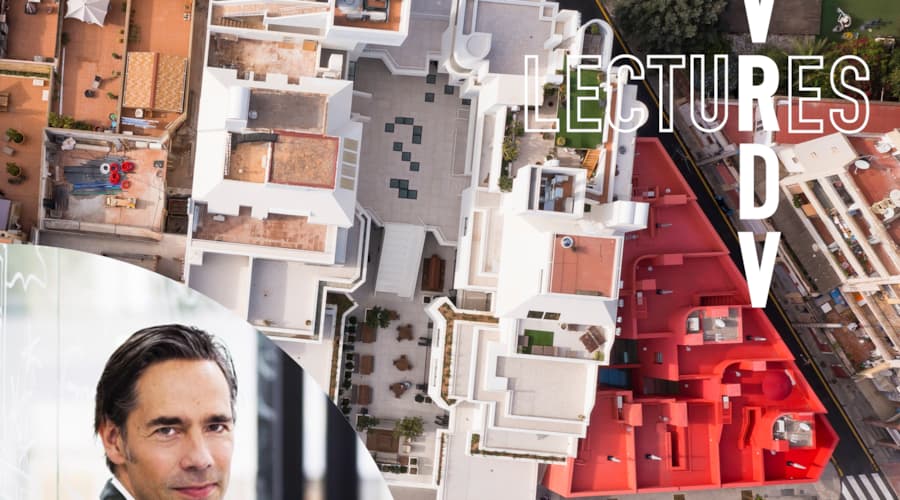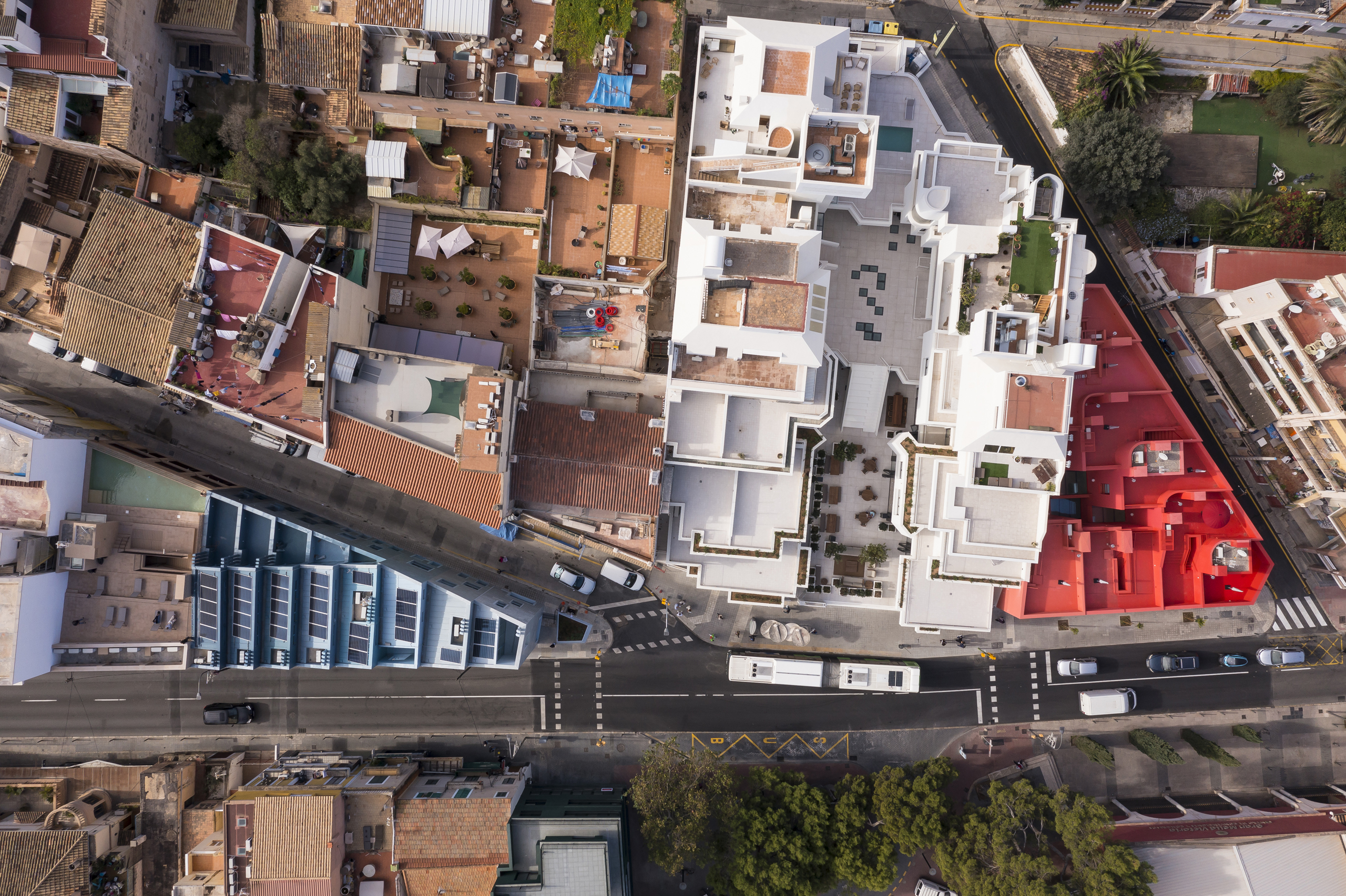
Project Gomila
Renovating four existing buildings and adding three new ones, Project Gomila represents an opportunity to reinvigorate the neighbourhood of El Terreno in Palma, Mallorca as a vibrant, green, sustainable residential neighbourhood. Each of the buildings have their own unique character derived from their colours, materials, and rooflines, together forming a distinctive place that is in tune with the Mediterranean lifestyle.
- Location
- Palma, Mallorca, Spain
- Status
- On site
- Year
- 2018–
- Surface
- 15000 m²
- Programmes
- Offices, Retail, Residential, Bar-restaurant, Master plan
- Themes
- Architecture, Housing, Transformations, Urbanism
Awards
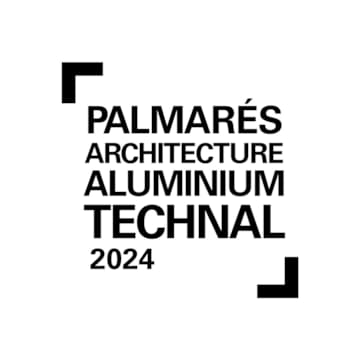
2024Palmarés Architecture Aluminium Technal 2024
Winner, Rehabilitation category
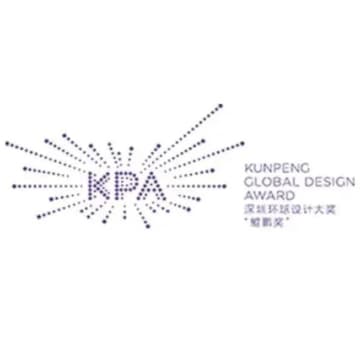
2024Kunpeng Global Design Award
Gold Winner
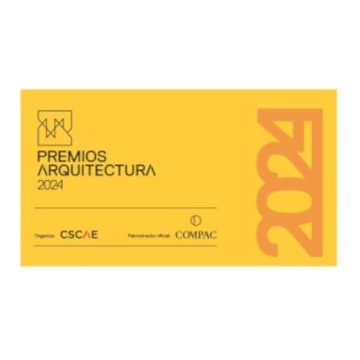
2024CSCAE Premio de Arquitectura
Longlisted
Centred around Plaza Gomila, close to the city’s harbour, El Terreno is among Palma’s most historic neighbourhoods. Until the 1990s, it was a cultural hub – home to many of the city’s famous artists and writers and known for its nightlife, with famous performances by musicians such as Jimi Hendrix, Ray Charles, and Tom Jones in its bohemian nightclubs. However, it has recently seen a long period of neglect and decline.
The Fluxà Family, owners of the Mallorca-based Camper shoe brand, purchased a series of neighbouring plots around the Plaza and asked MVRDV and GRAS to develop a renewal plan that echoed Camper’s philosophy of combining heritage with innovation and creativity. The resulting designs, collectively named Project Gomila, aim to recover the essence of a neighbourhood that occupies a lasting place in the memory of many Mallorcans.
The seven diverse buildings, each executed in a different colour and material, add 60 rental homes in a variety of styles and sizes intended for local inhabitants who work in the surrounding area, as well as additional commercial space. The many bright colours, emphasised by the Mediterranean sun, advertise the vibrancy and rejuvenation of the neighbourhood. Each of the buildings brings not only its own character, but also unique amenities, with facilities such as restaurants and bars being public while amenities such as pools are accessible to residents of all buildings within the plan.
The largest building, at the heart of the ensemble, is the Gomila Center, a renovation of a 1979 design by architect Pere Nicolau. The proposal also includes the new constructions of Las Fabri-Casas, a set of blue row houses with a saw-tooth roof, the red townhouses known as Las Casitas, a sustainable apartment building built in compressed earth blocks. A green building directly adjacent to Plaza Gomila, simply named La Plaza, as well as the yellow Casa Virginia, and a small construction next to the Gomila Center, are all renovations of existing neighbourhood buildings.
The Gomila buildings have been designed according to Passive Haus principles, with high thermal efficiency and passive climate control measures such as shutters and cross ventilation to reduce energy needs. To utilize the many sun hours of Mallorca, solar panels are added to rooftops while heat recovery systems further reduce the buildings’ energy consumption. Materials will be sourced locally wherever possible, reducing the carbon produced by the construction.
Gallery
© Jannes Linders
© Daria Scagliola
© Iñigo Vega Carro
© Daria Scagliola
© Daria Scagliola
© Daria Scagliola
© Jannes Linders
© Iñigo Vega Carro
© Daria Scagliola
© Iñigo Vega Carro
© Daria Scagliola
© Iñigo Vega Carro
© Daria Scagliola
© Daria Scagliola
© Iñigo Vega Carro
© Daria Scagliola
© Daria Scagliola
© Iñigo Vega Carro
© Daria Scagliola
© Daria Scagliola
© Daria Scagliola
© Daria Scagliola
© Iñigo Vega Carro
image
image
image
image
image
image
image
image
image
image
image
image
image
image
image
image
image
image
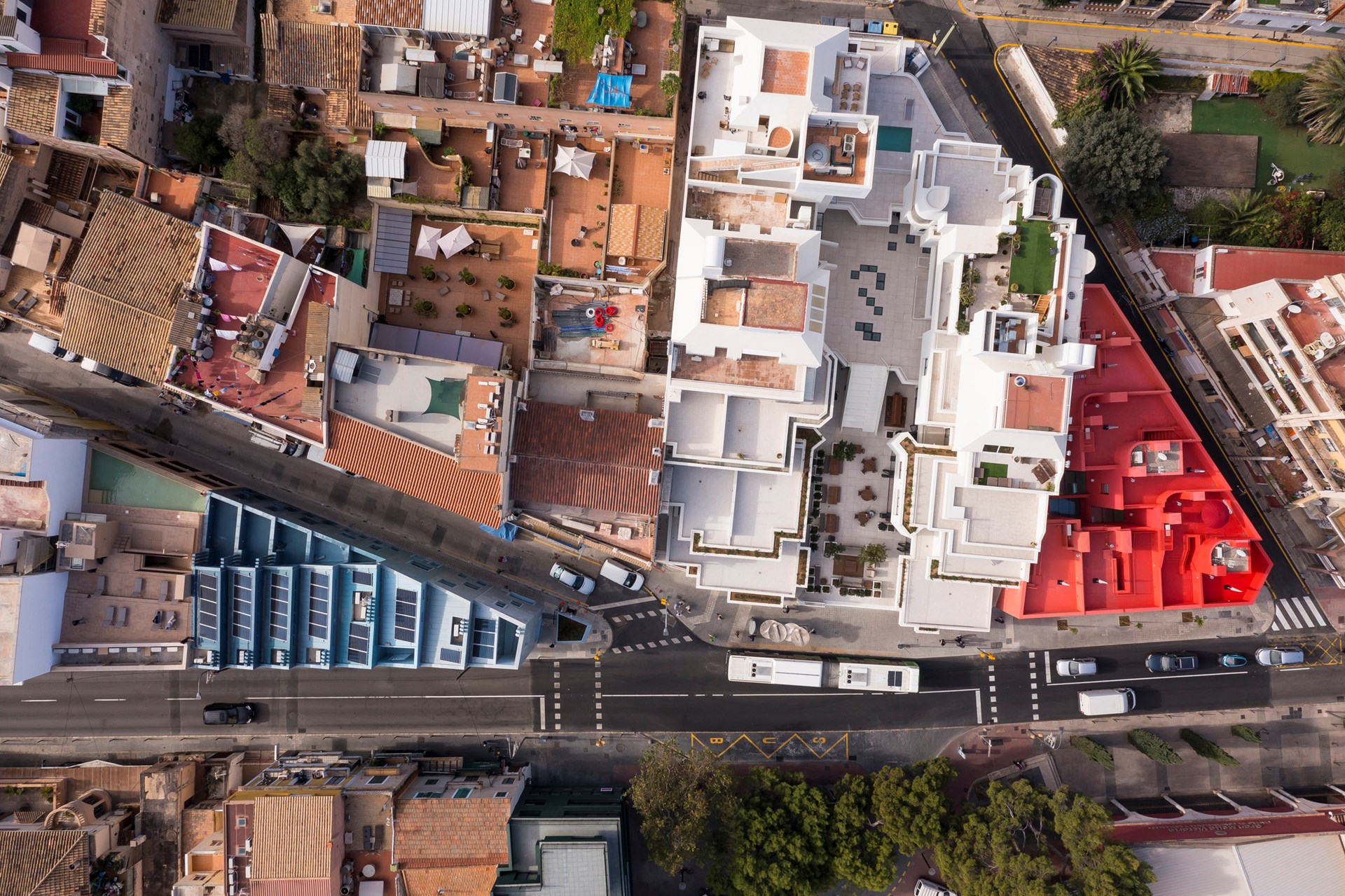
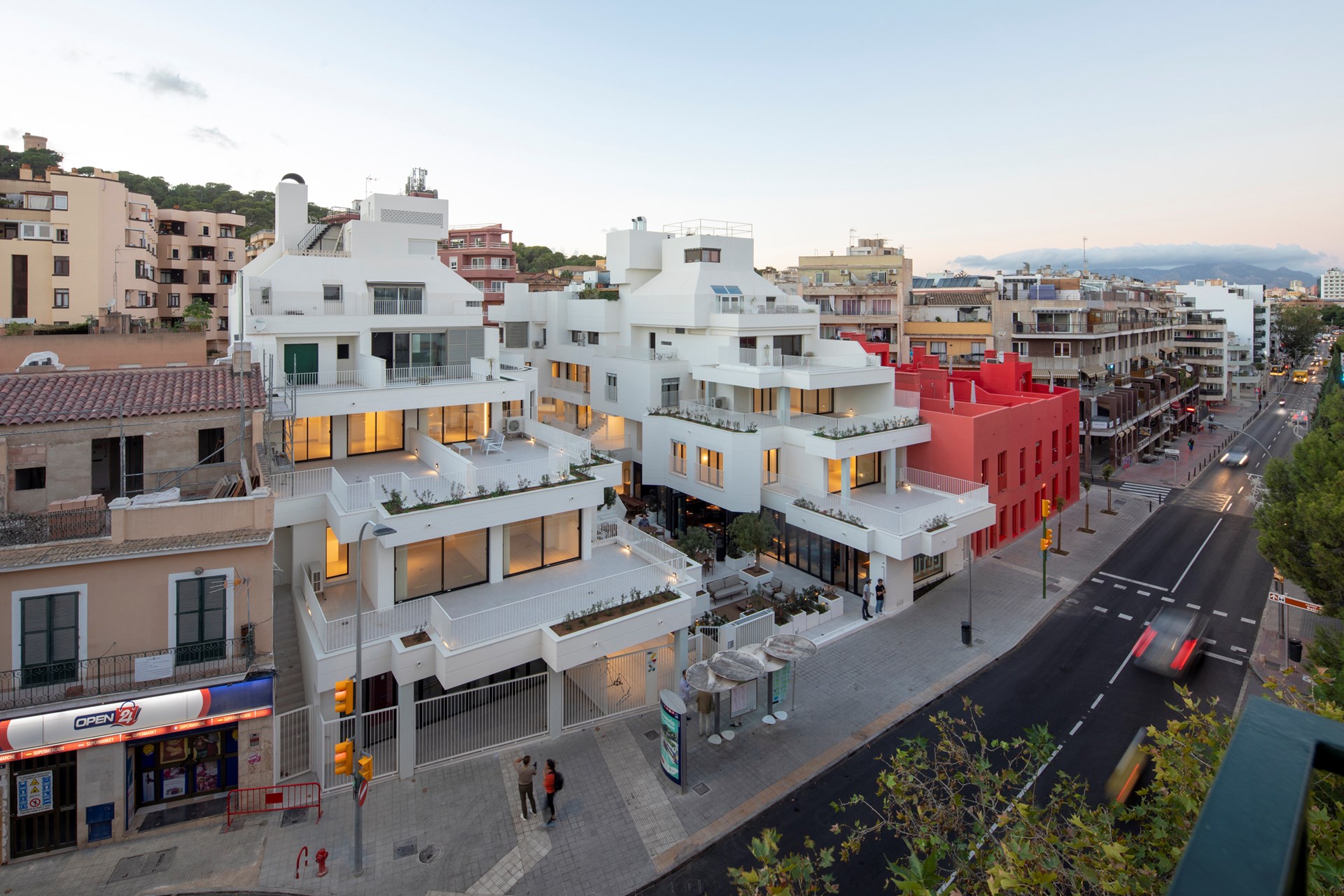
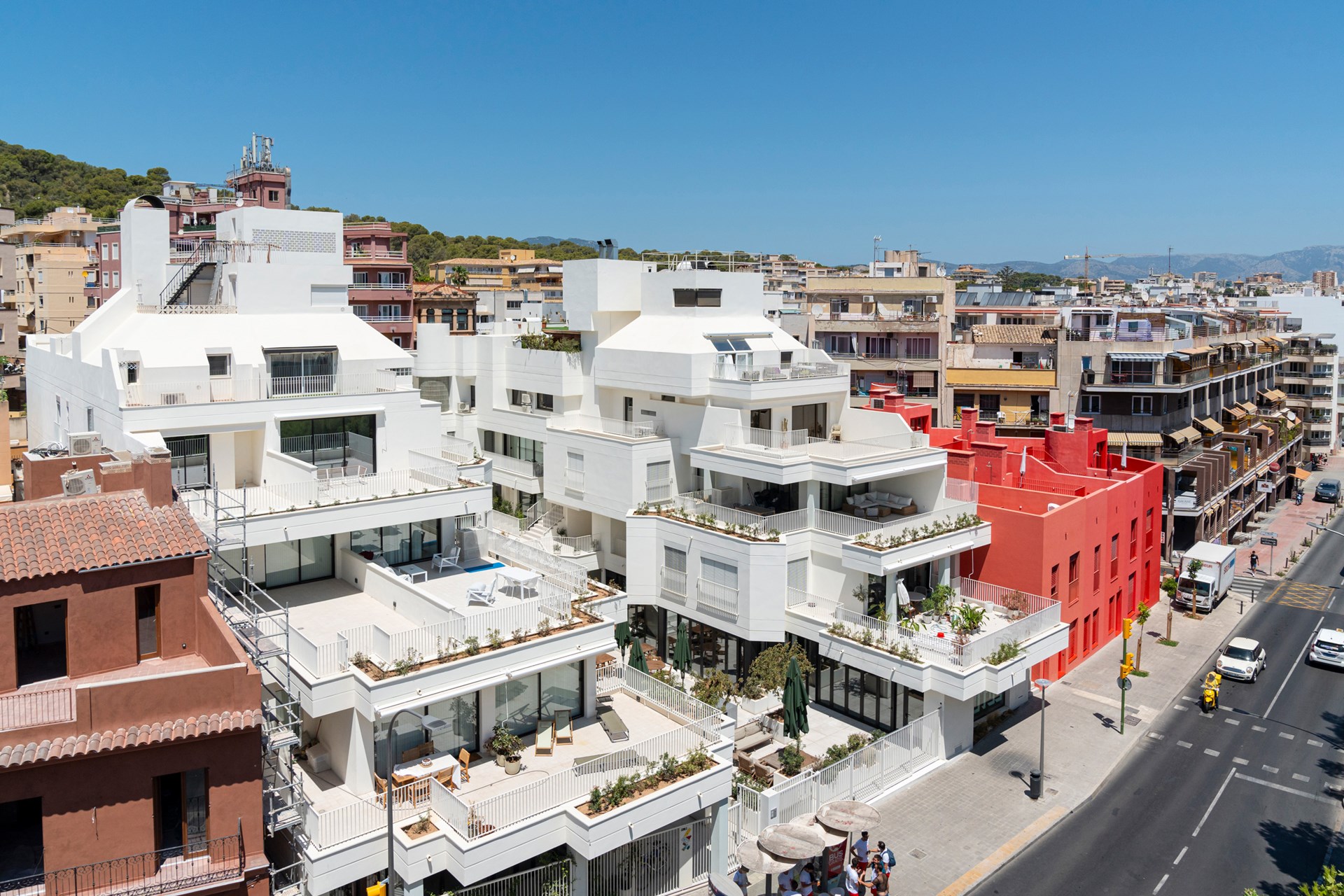
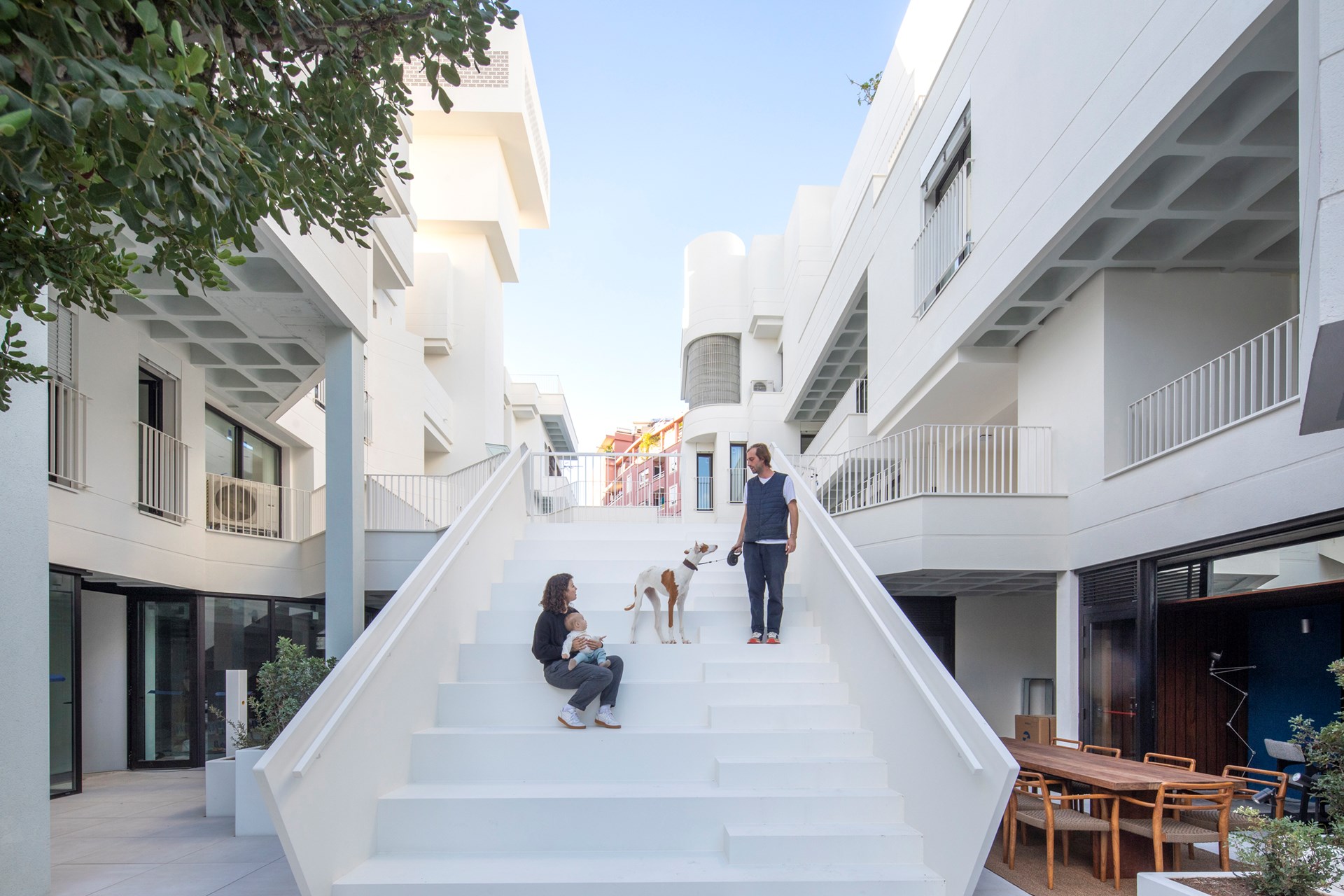
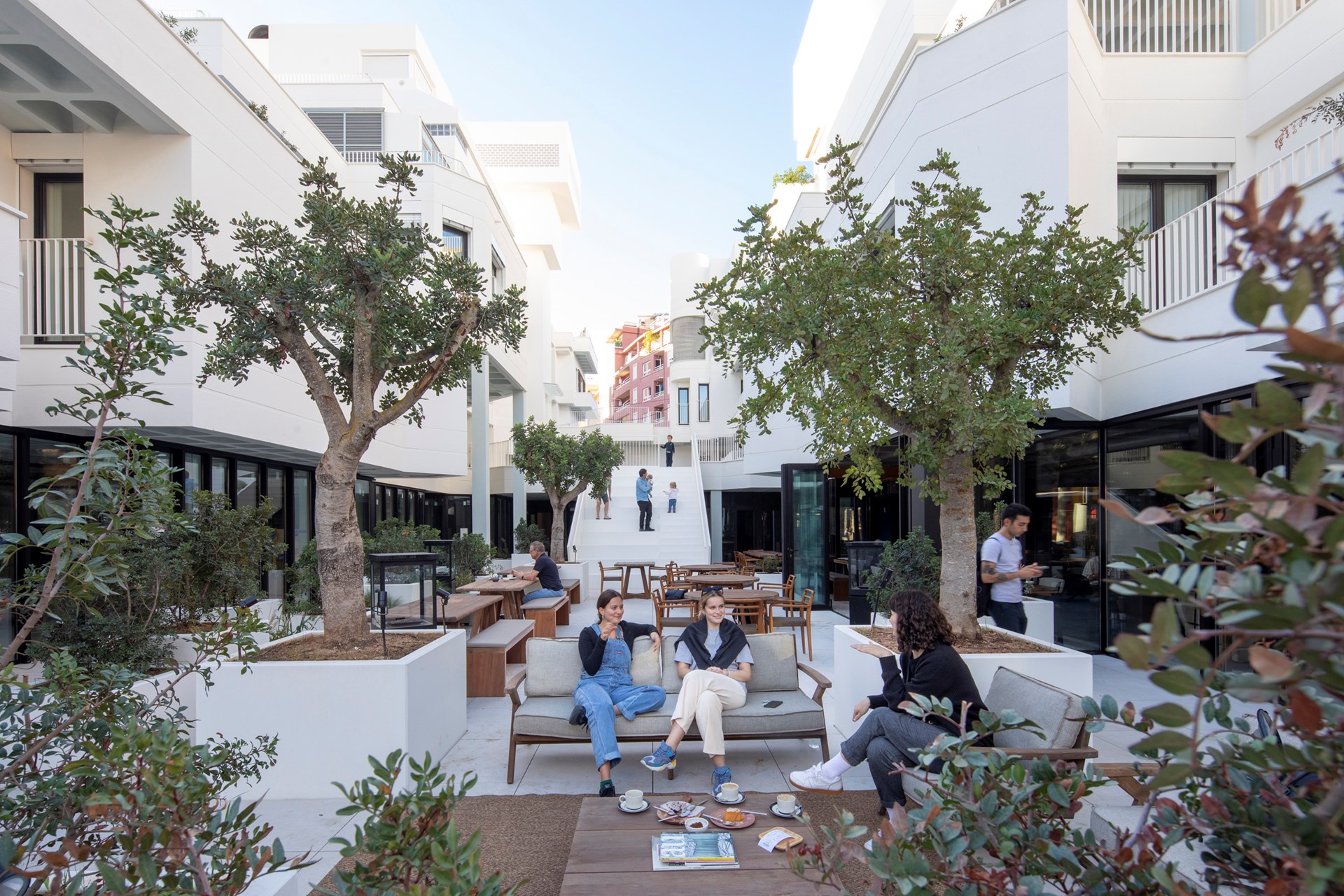
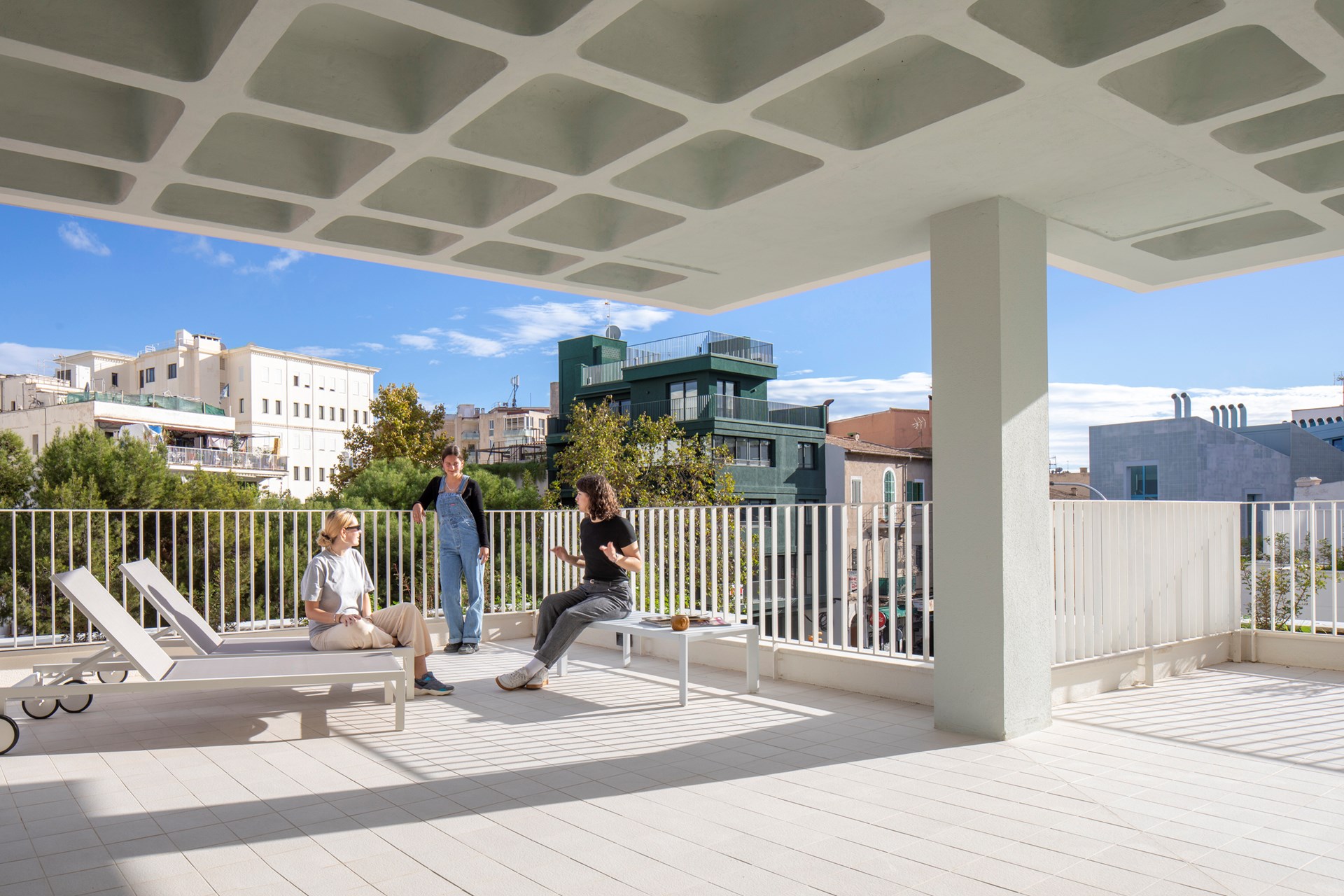
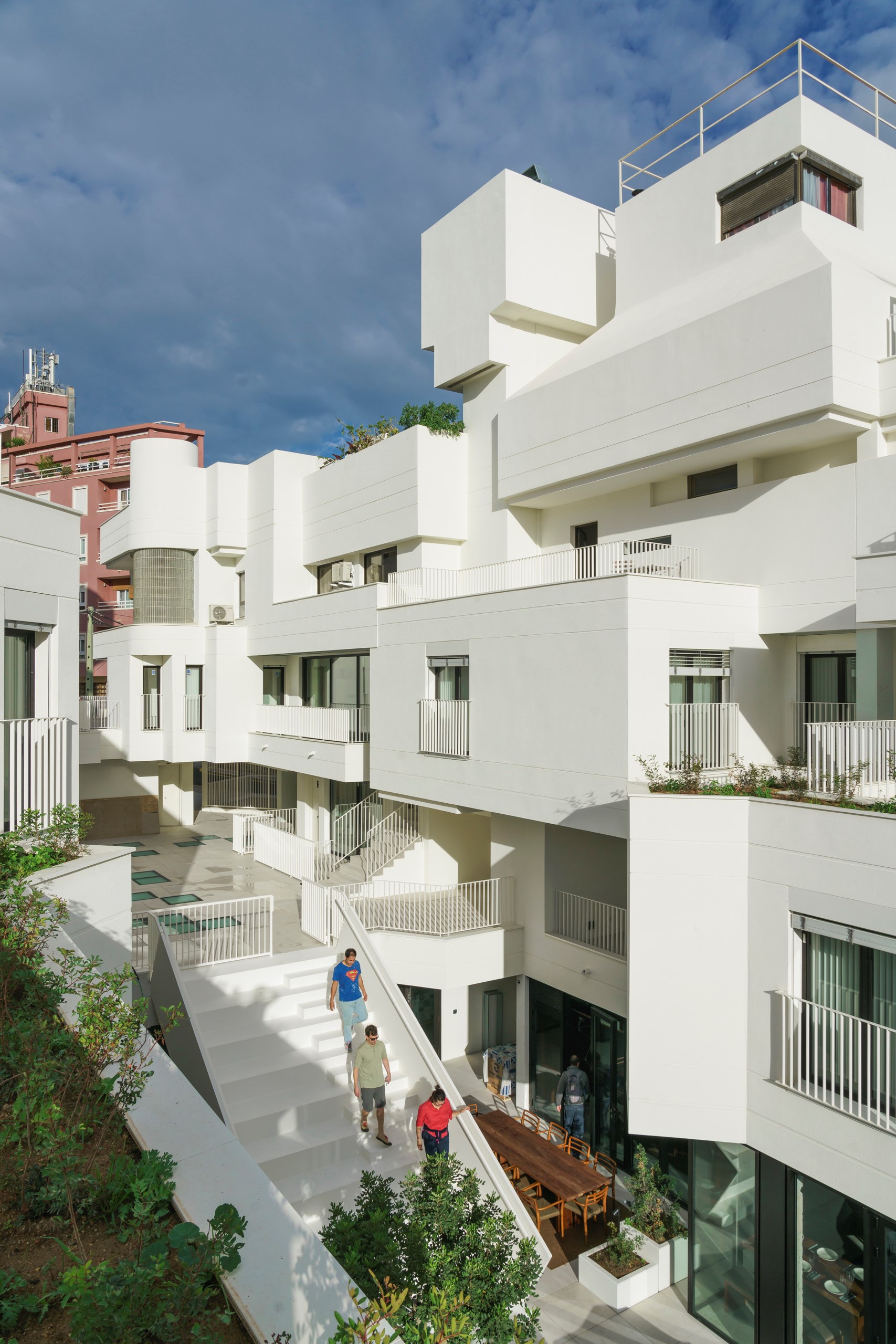
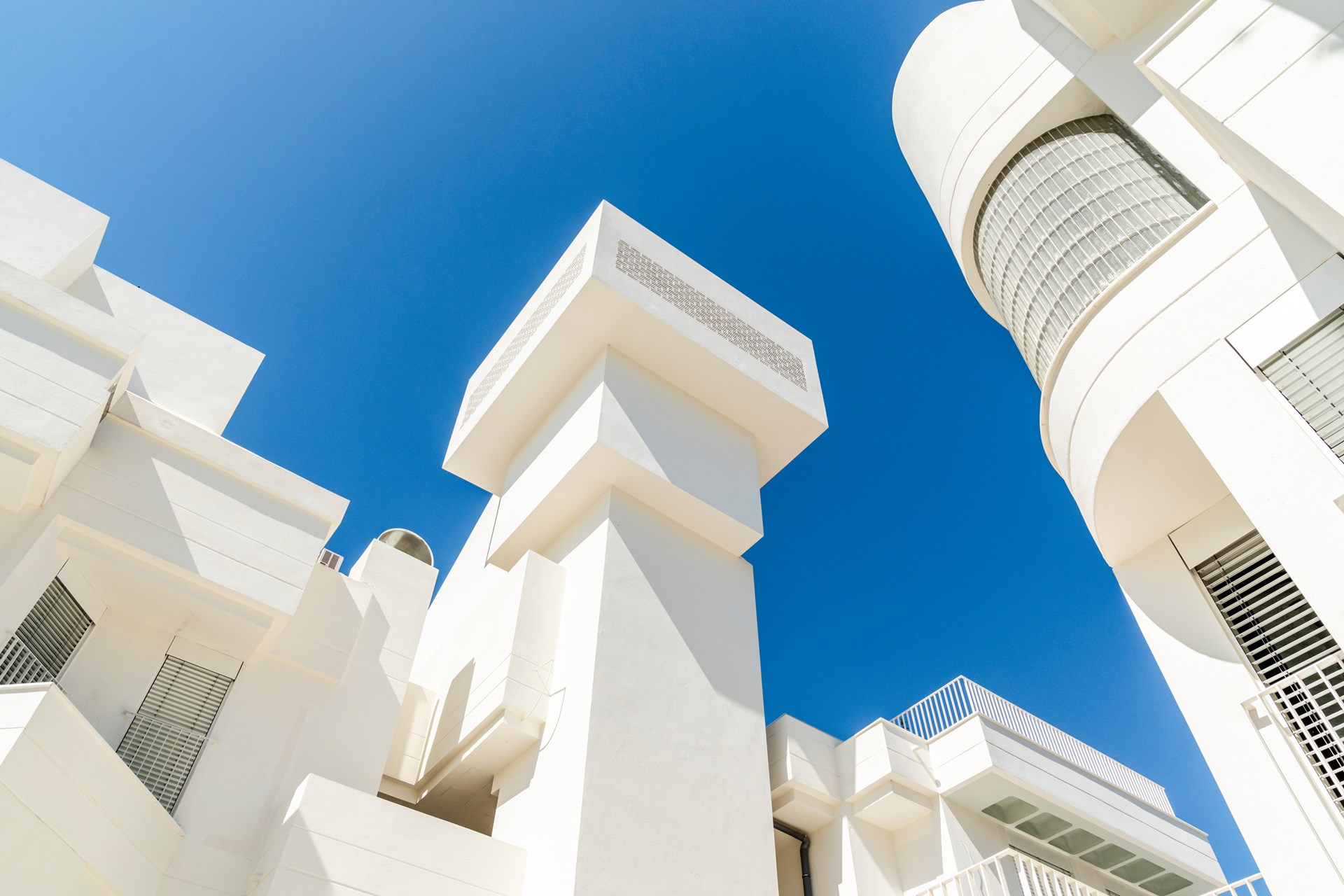
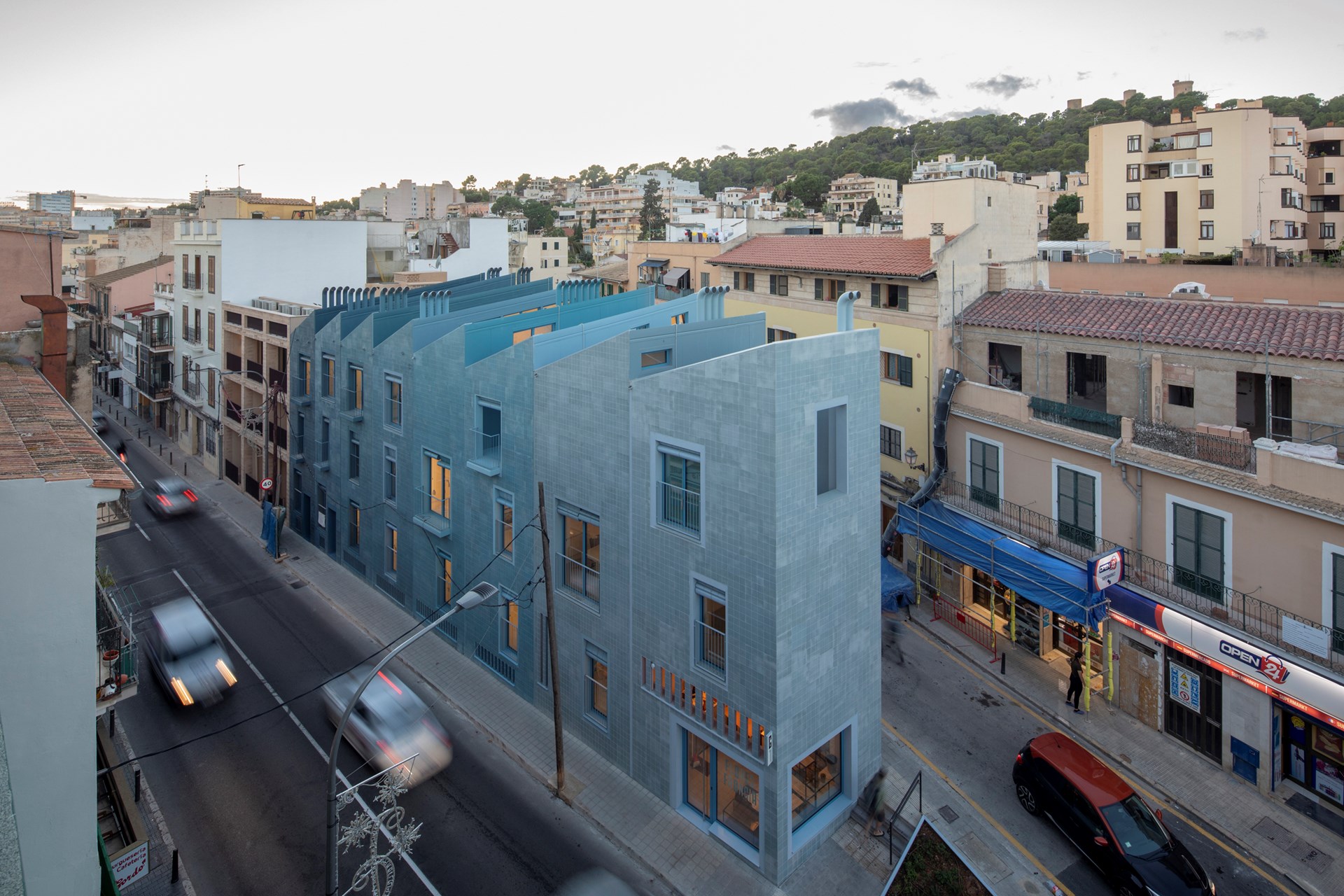
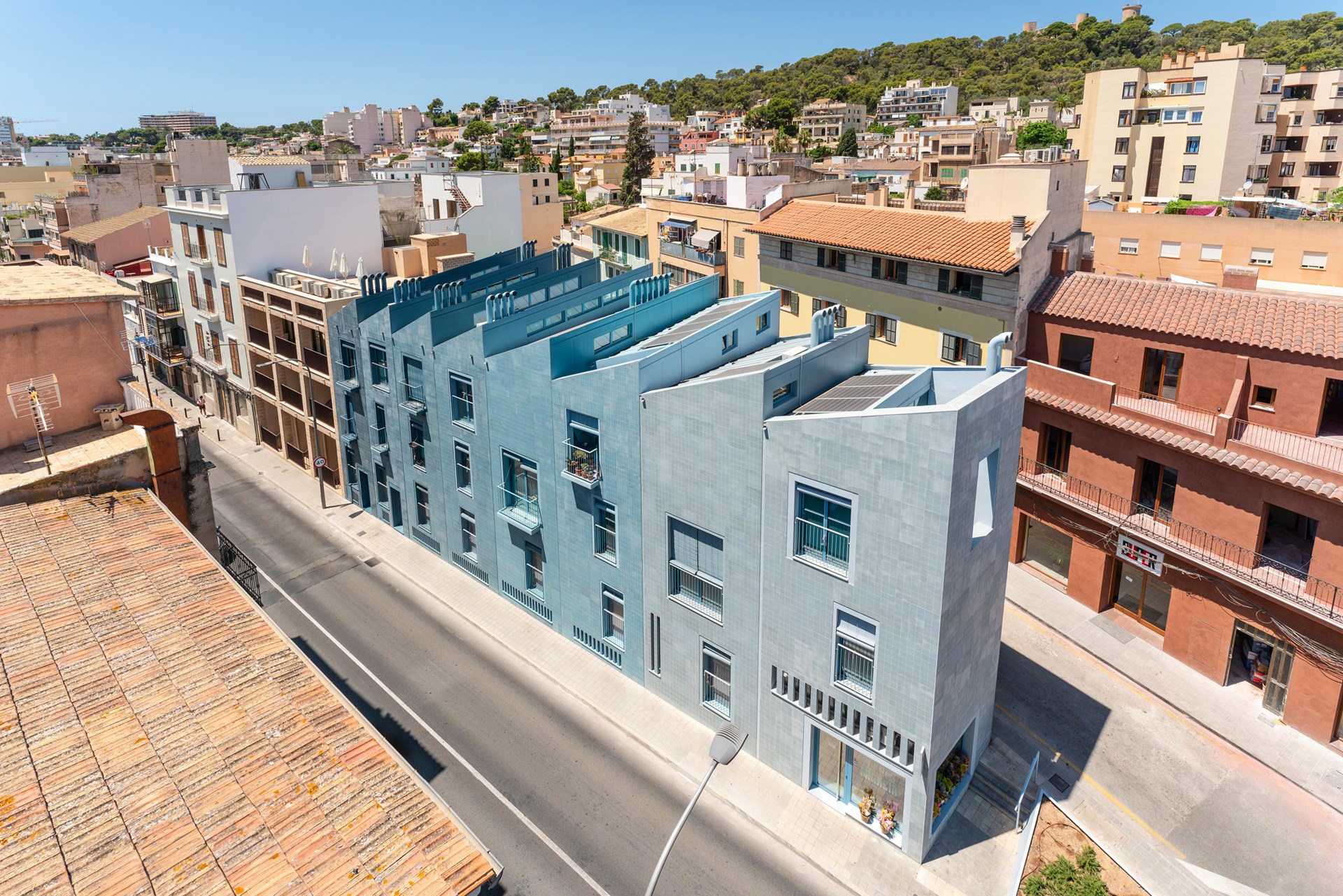
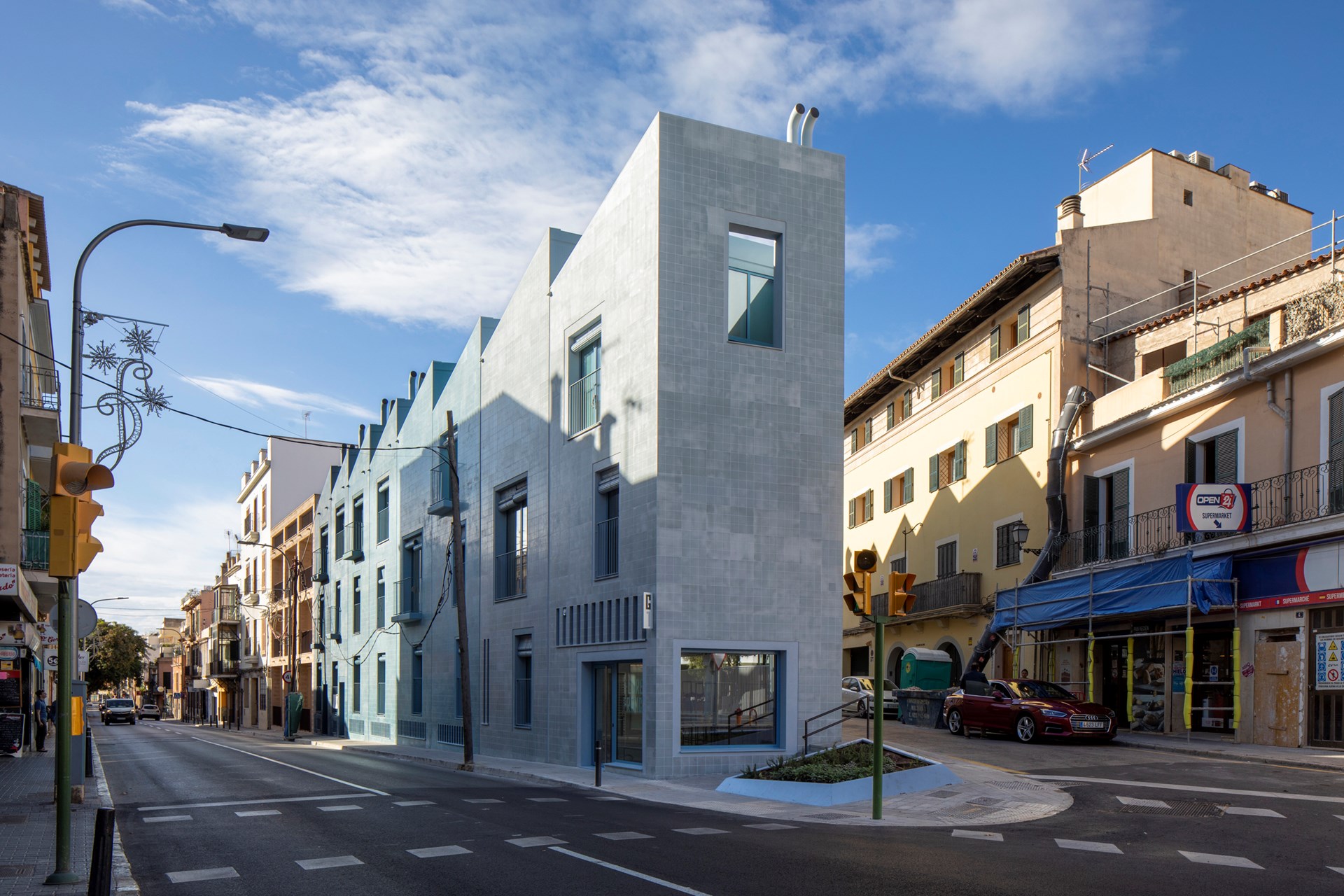
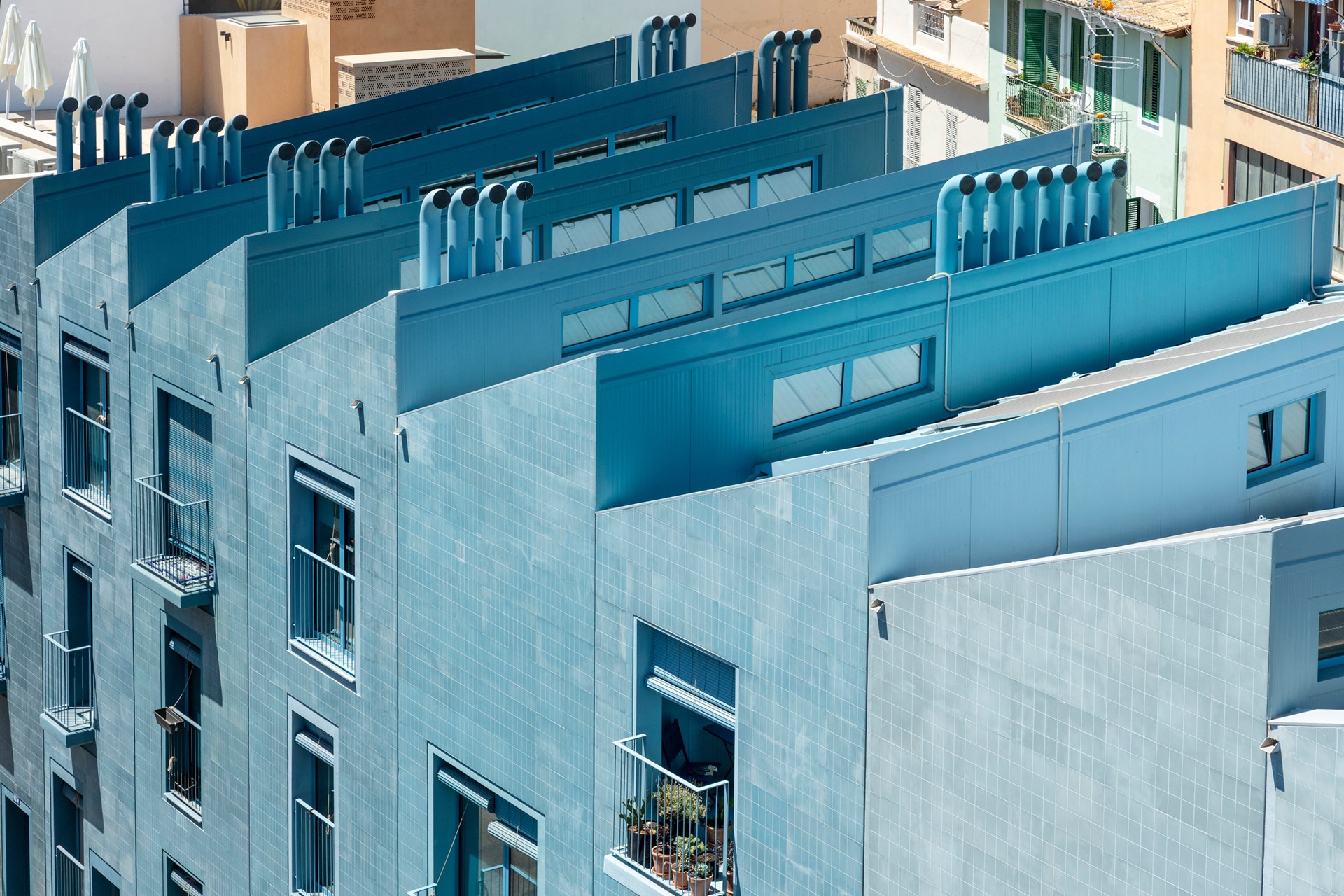
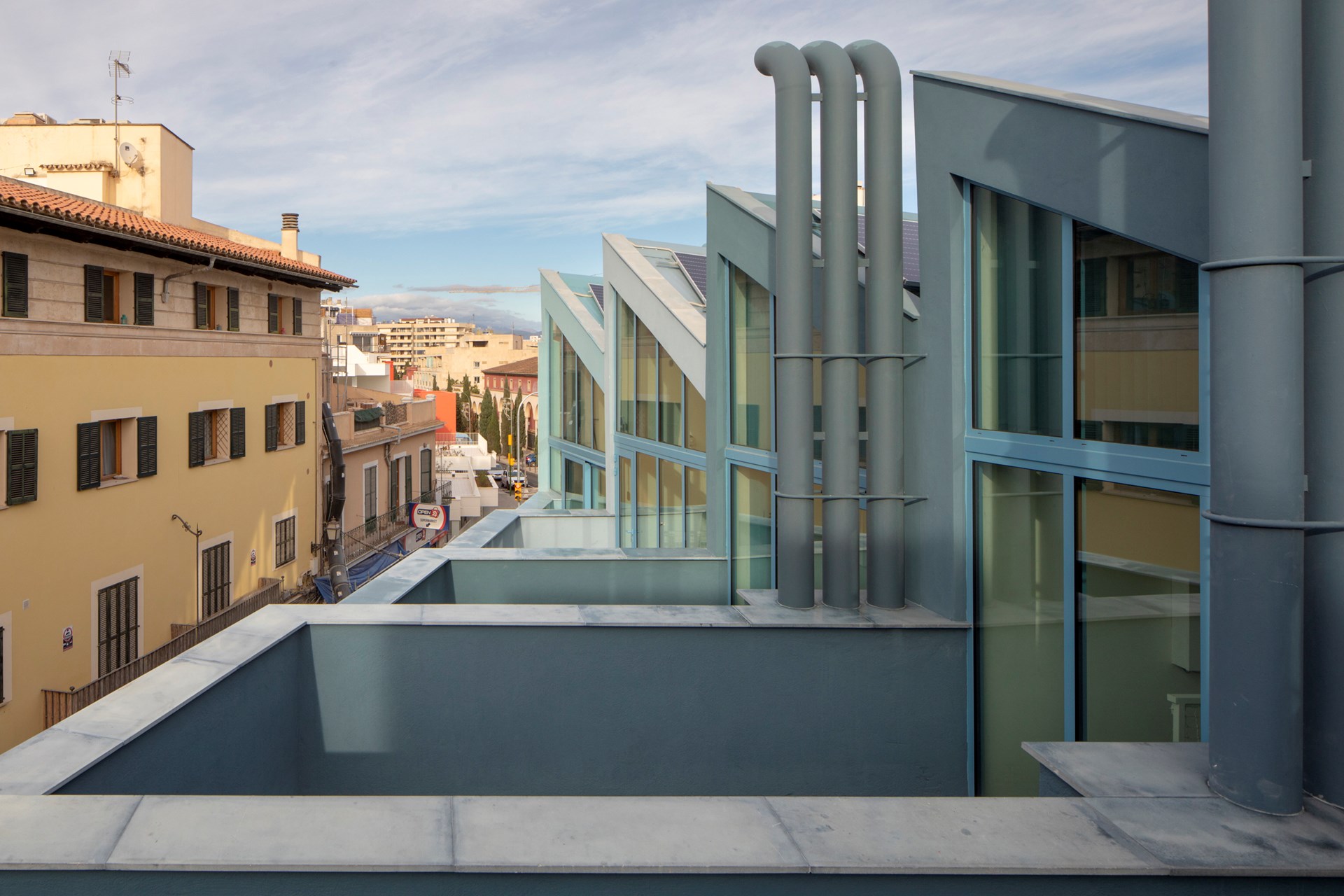
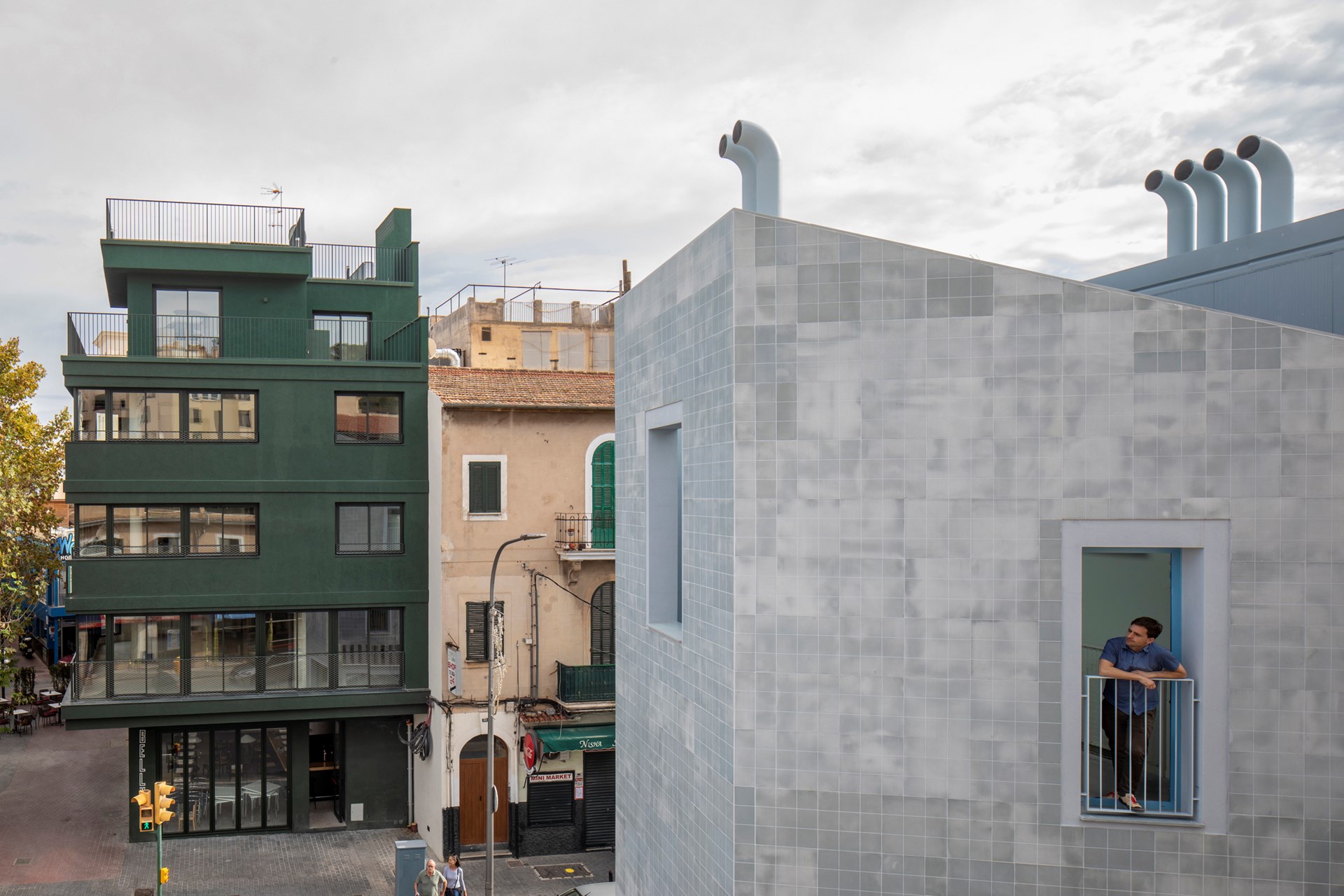
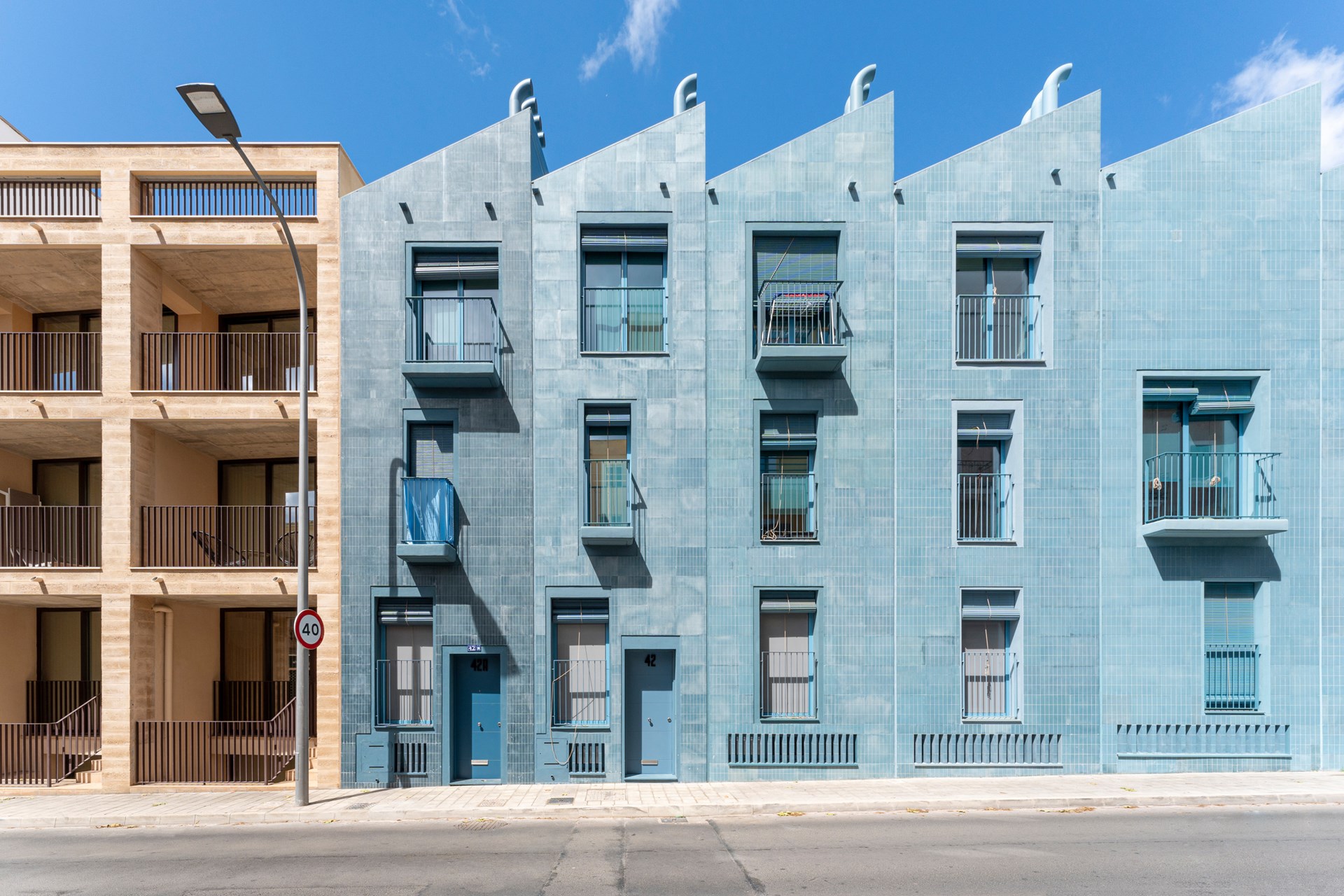
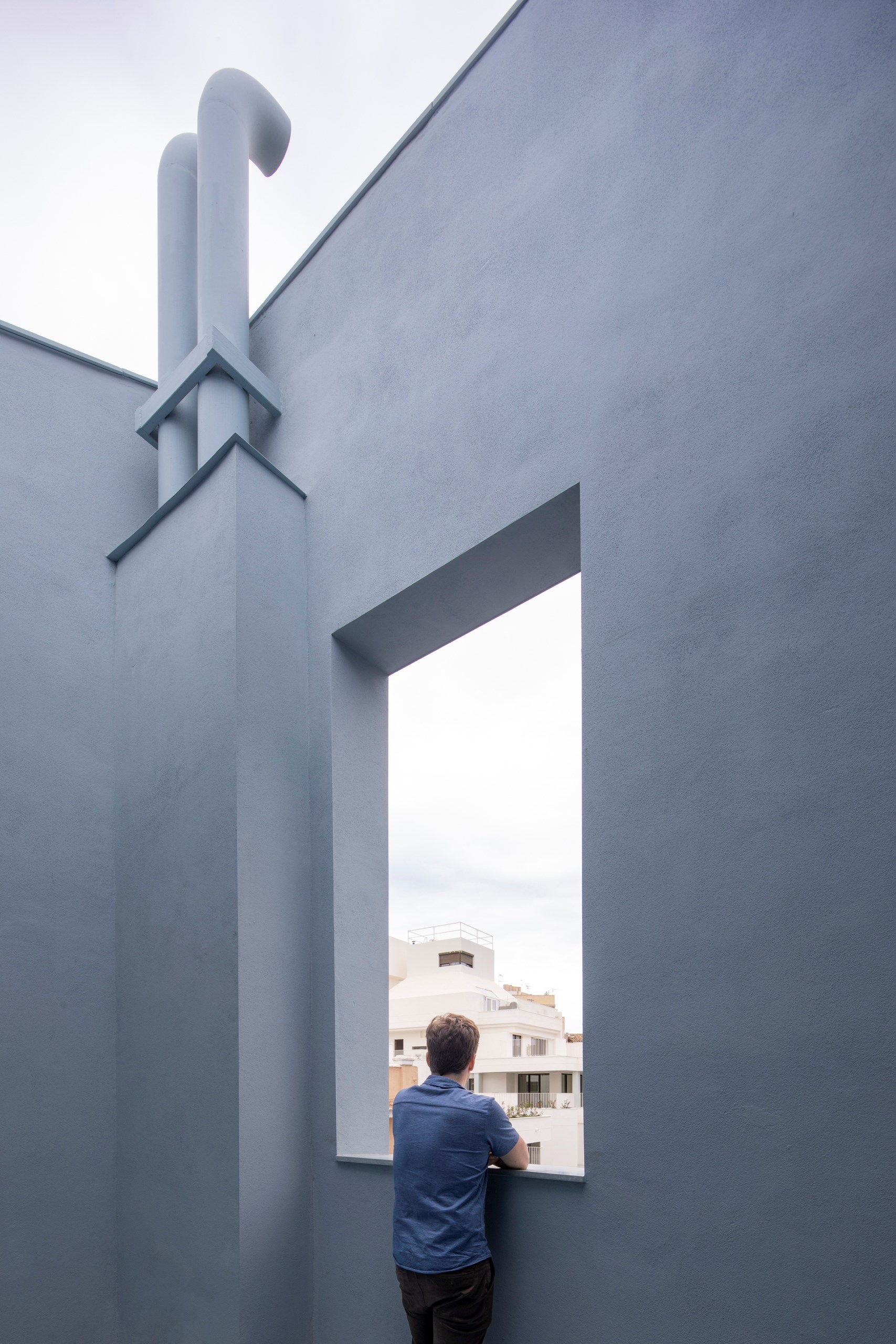
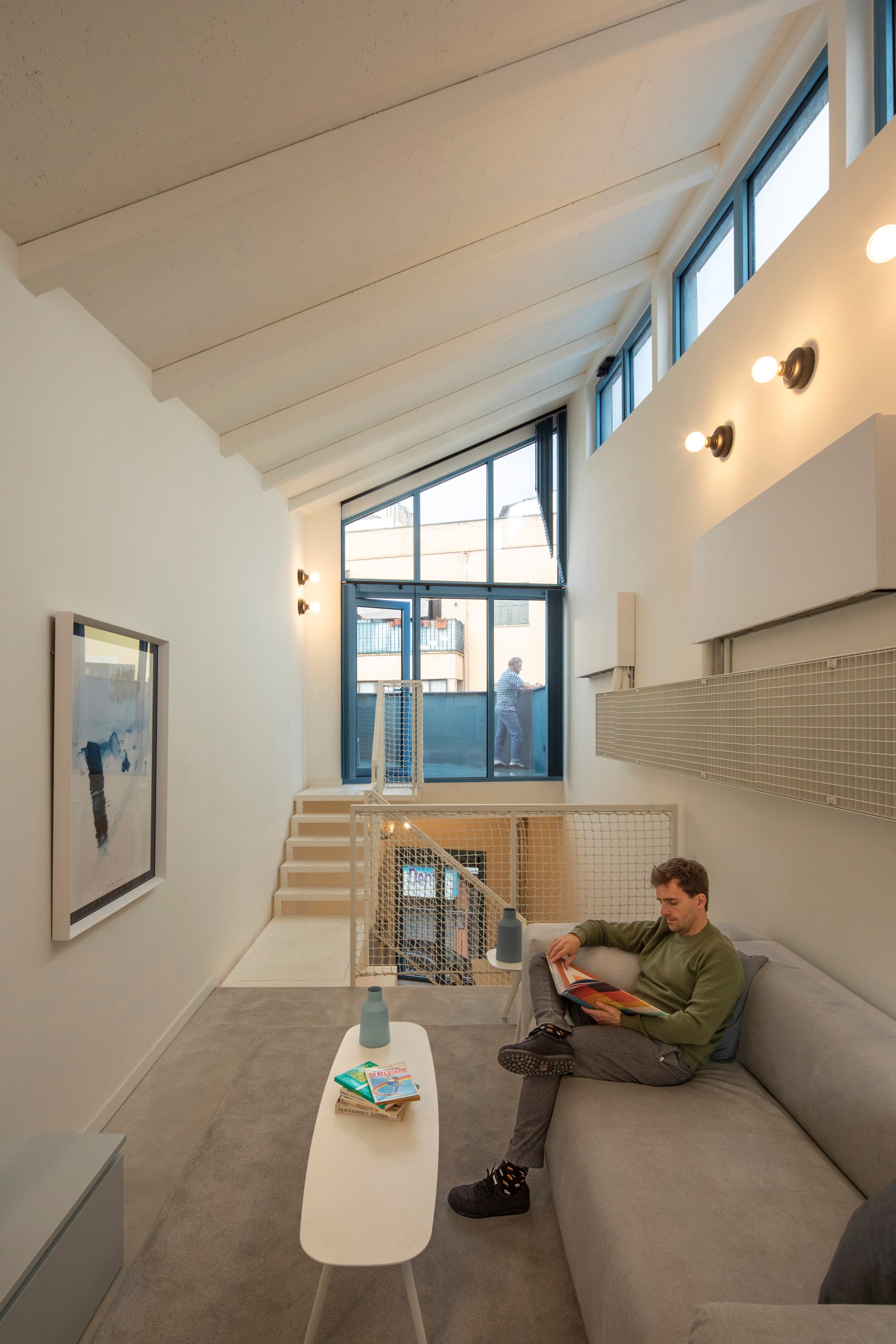
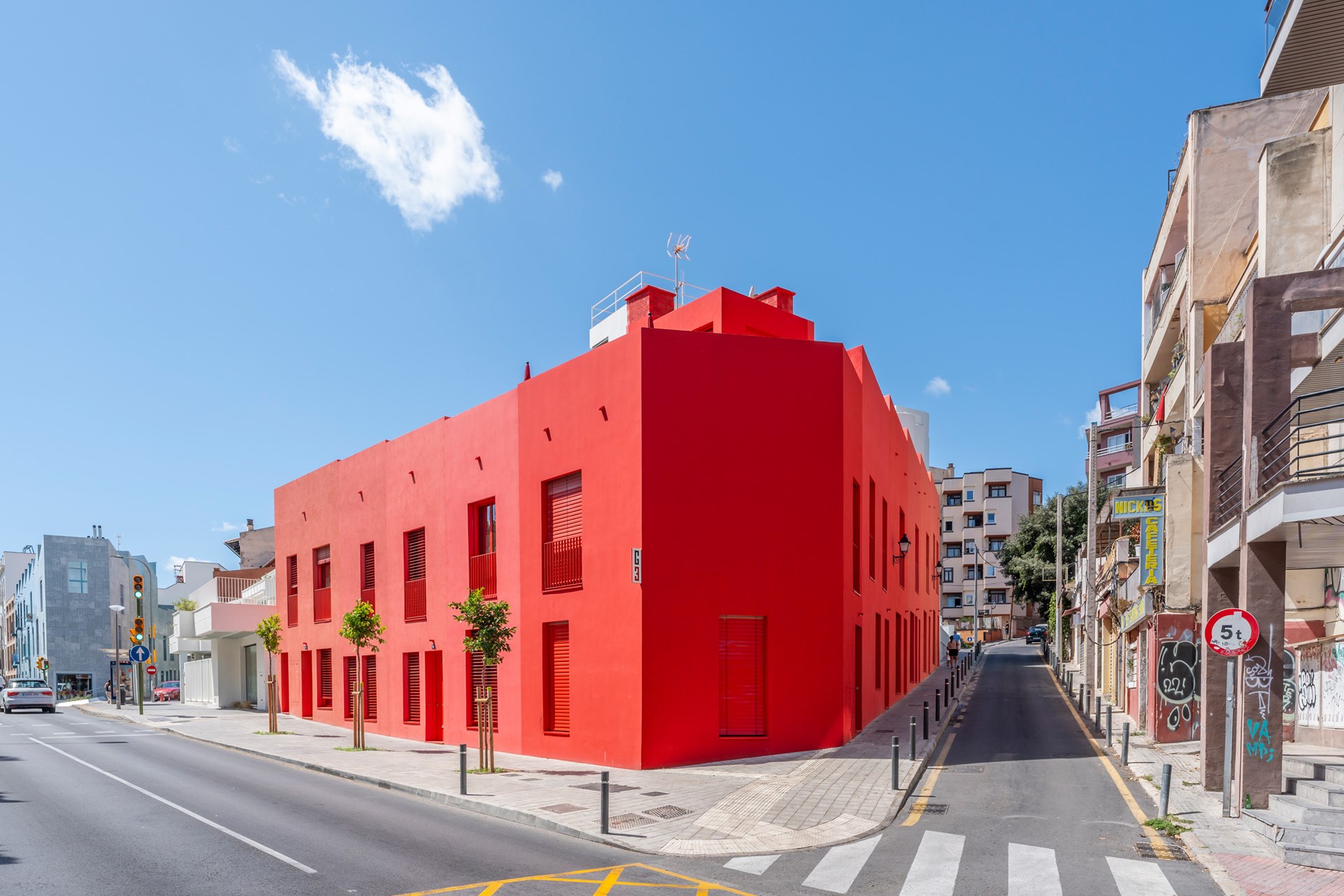
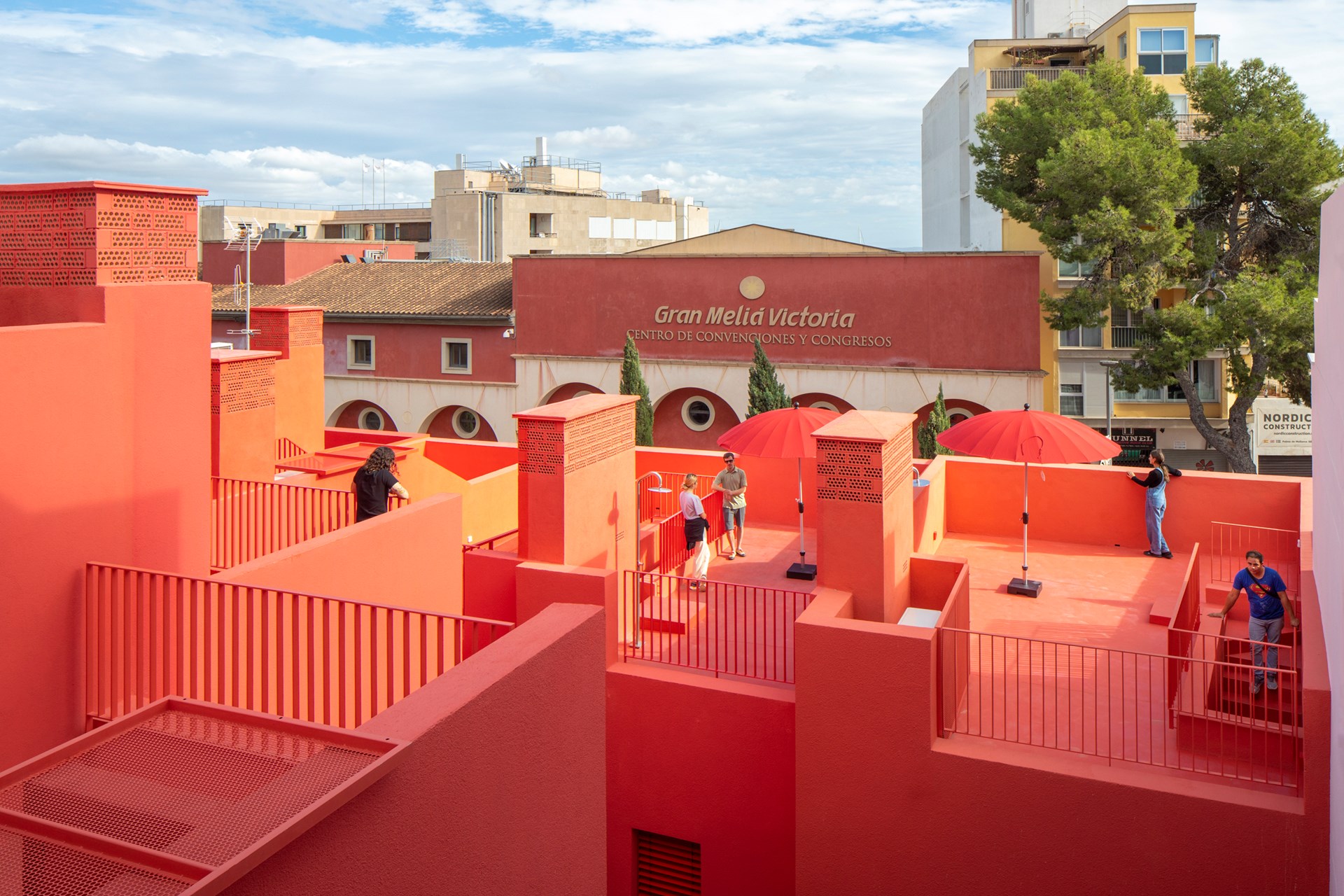
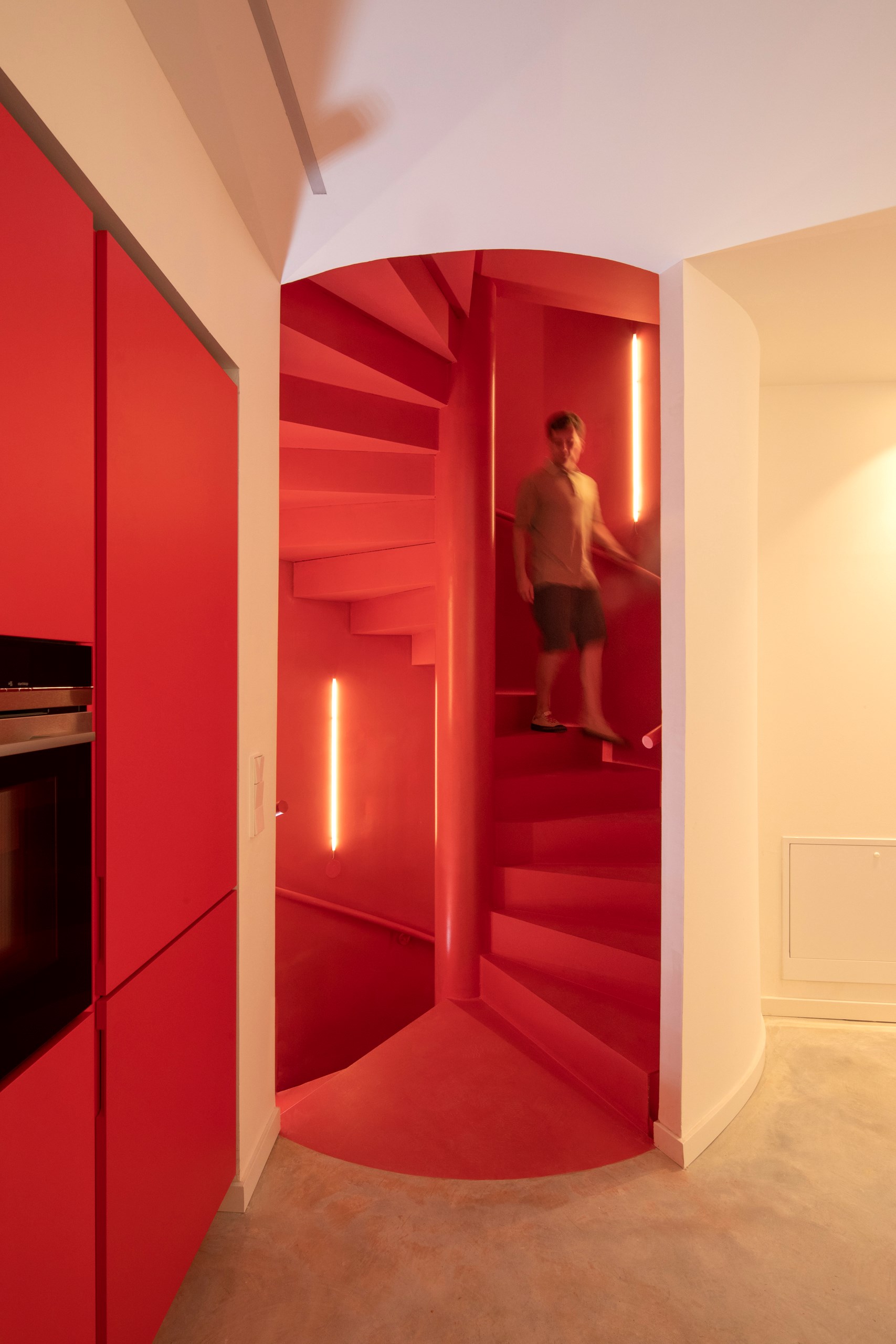
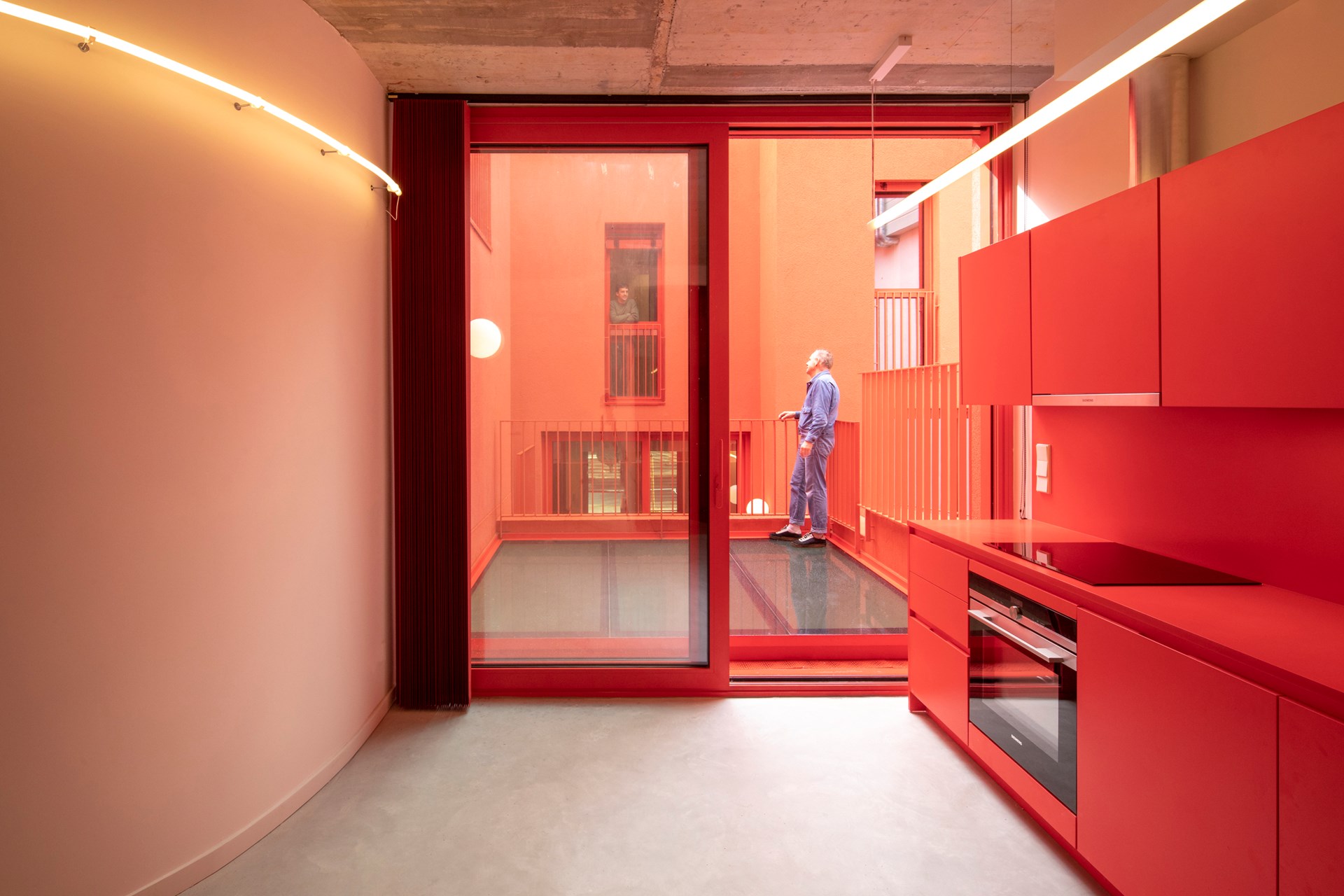
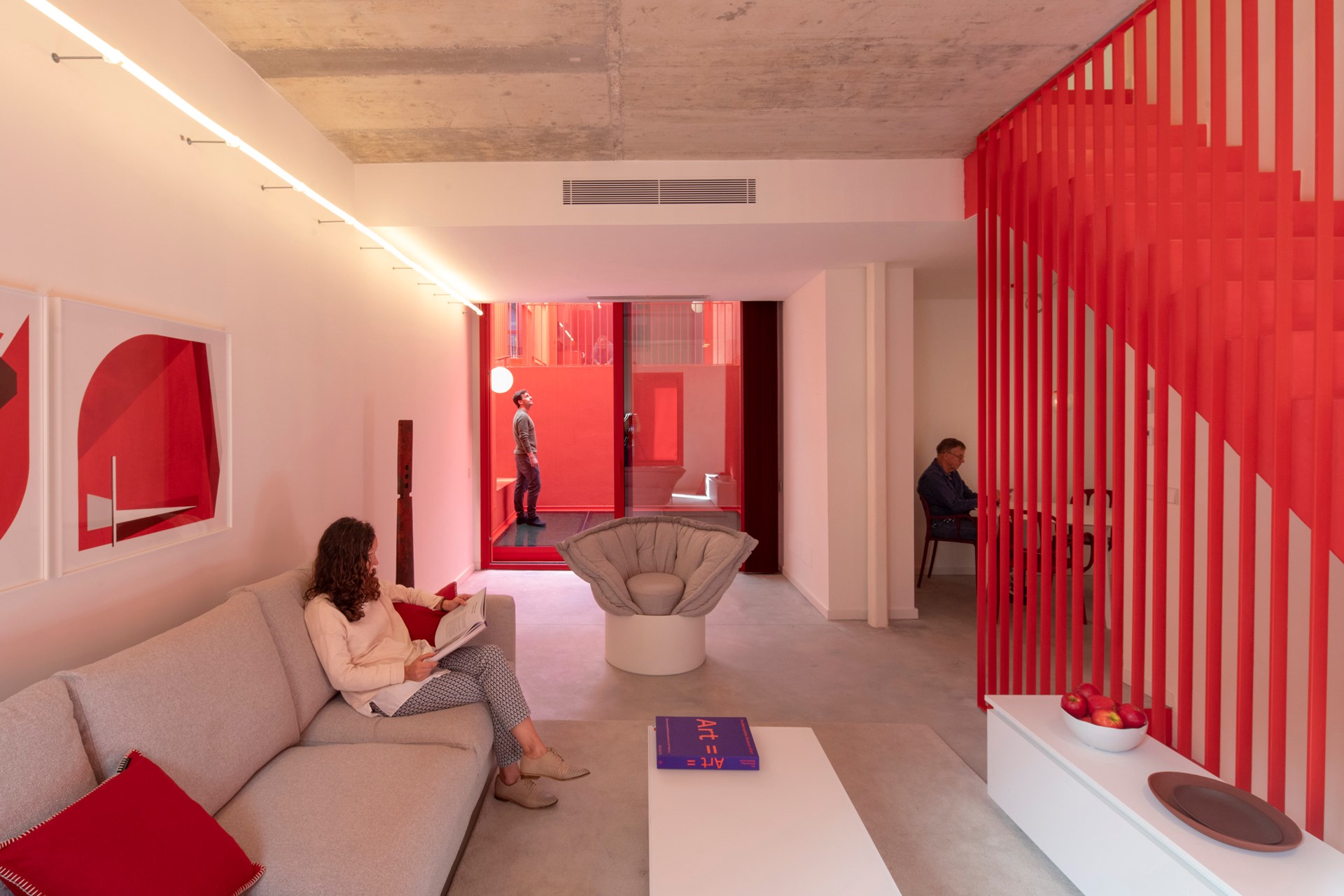
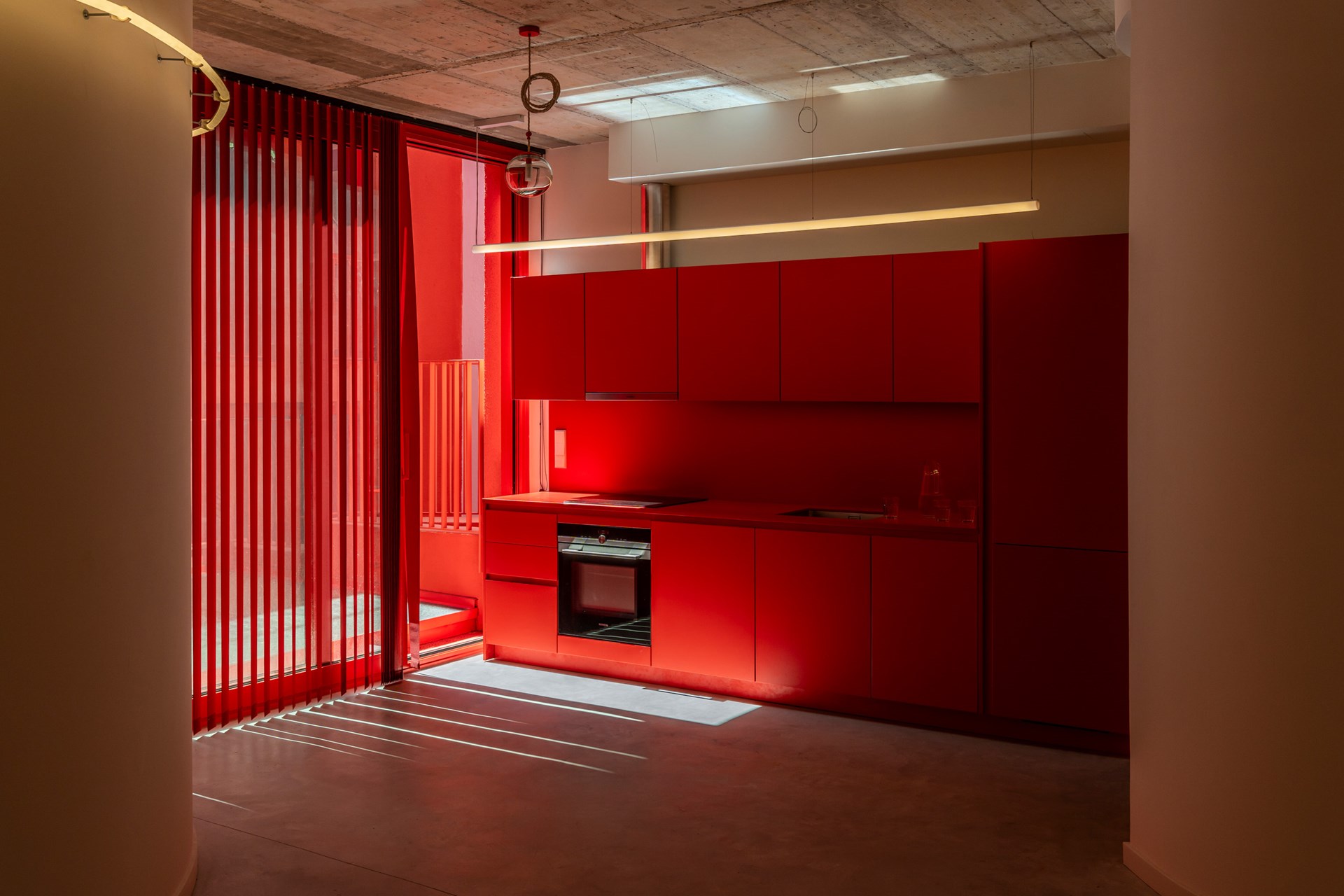
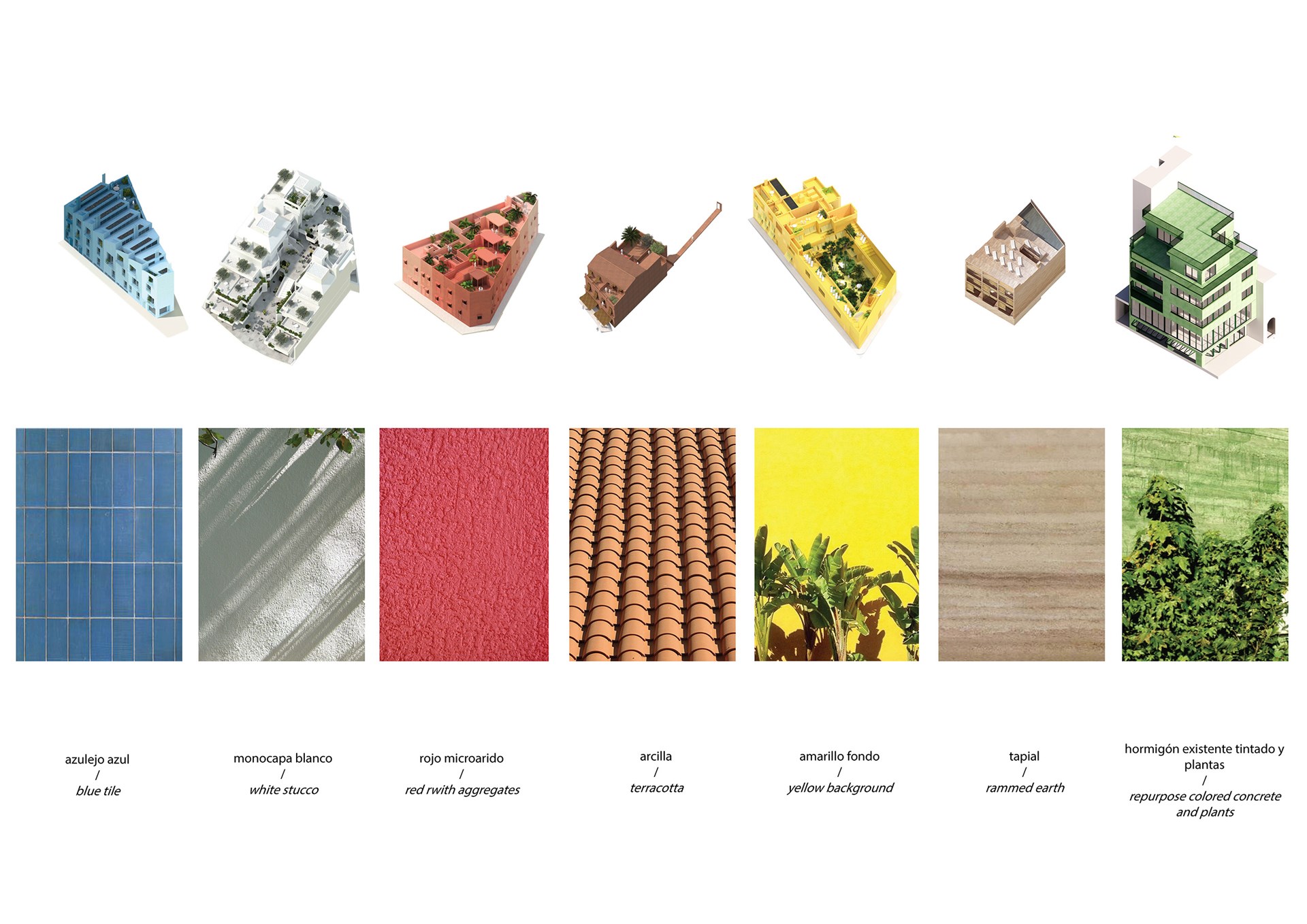
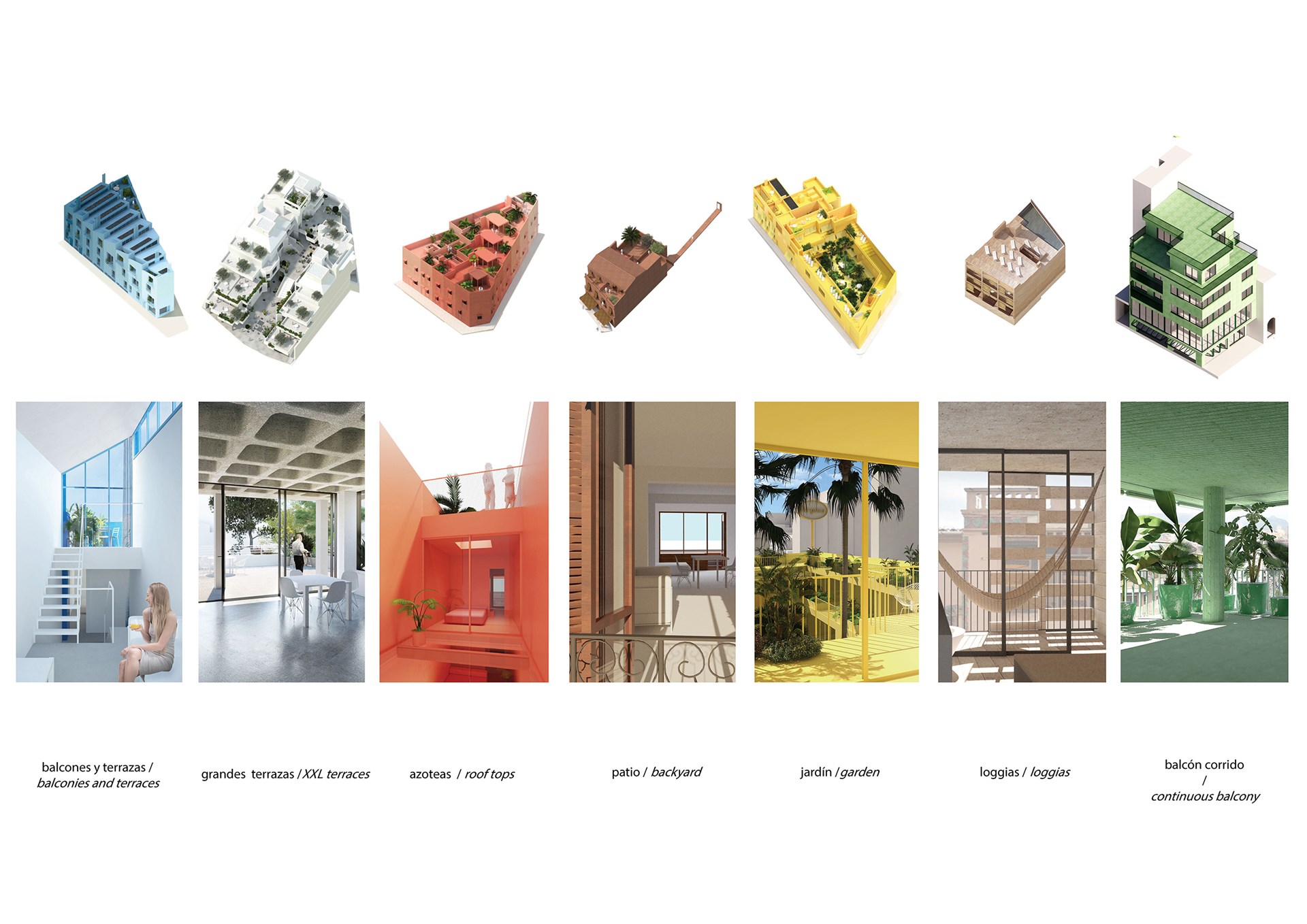
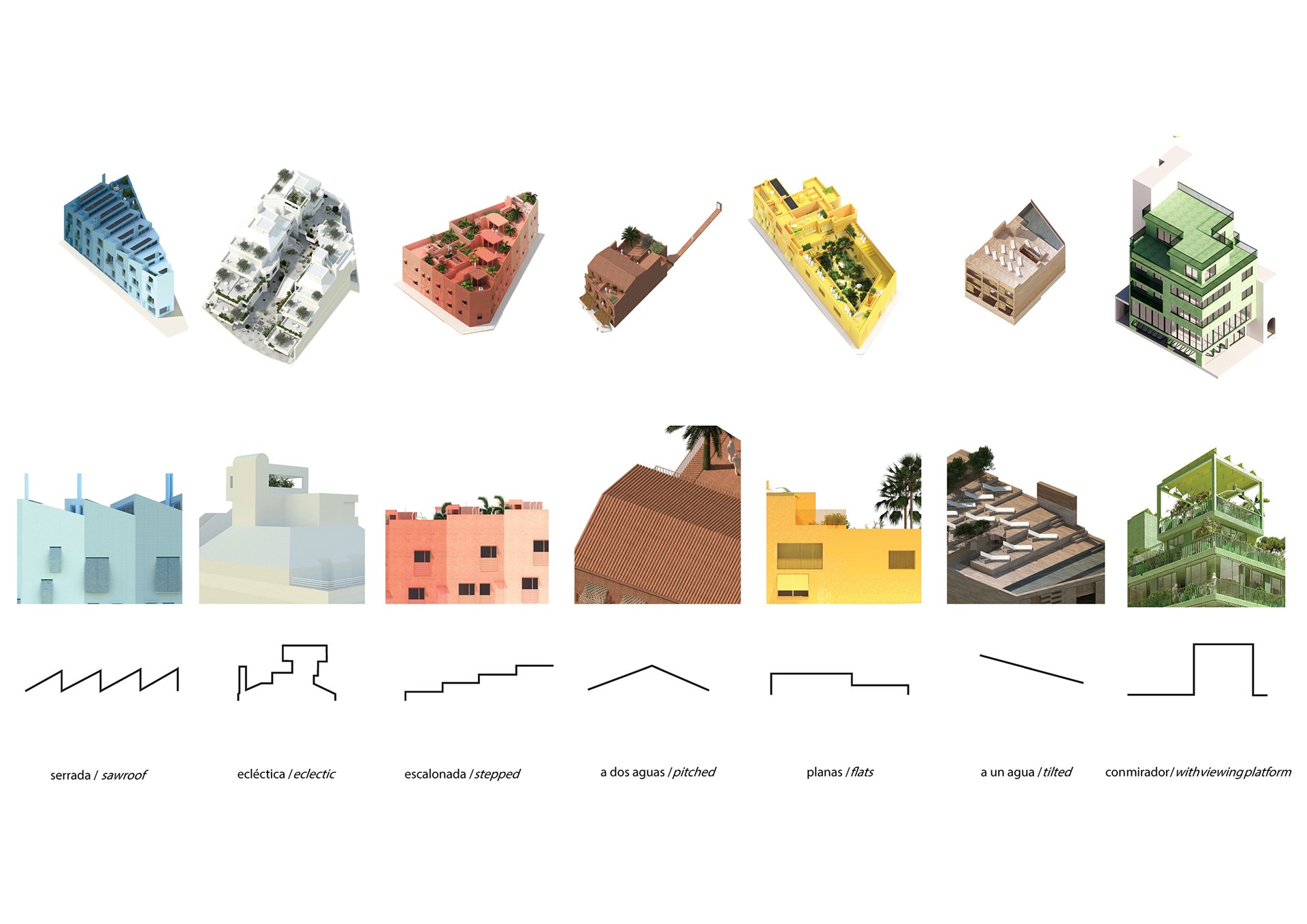
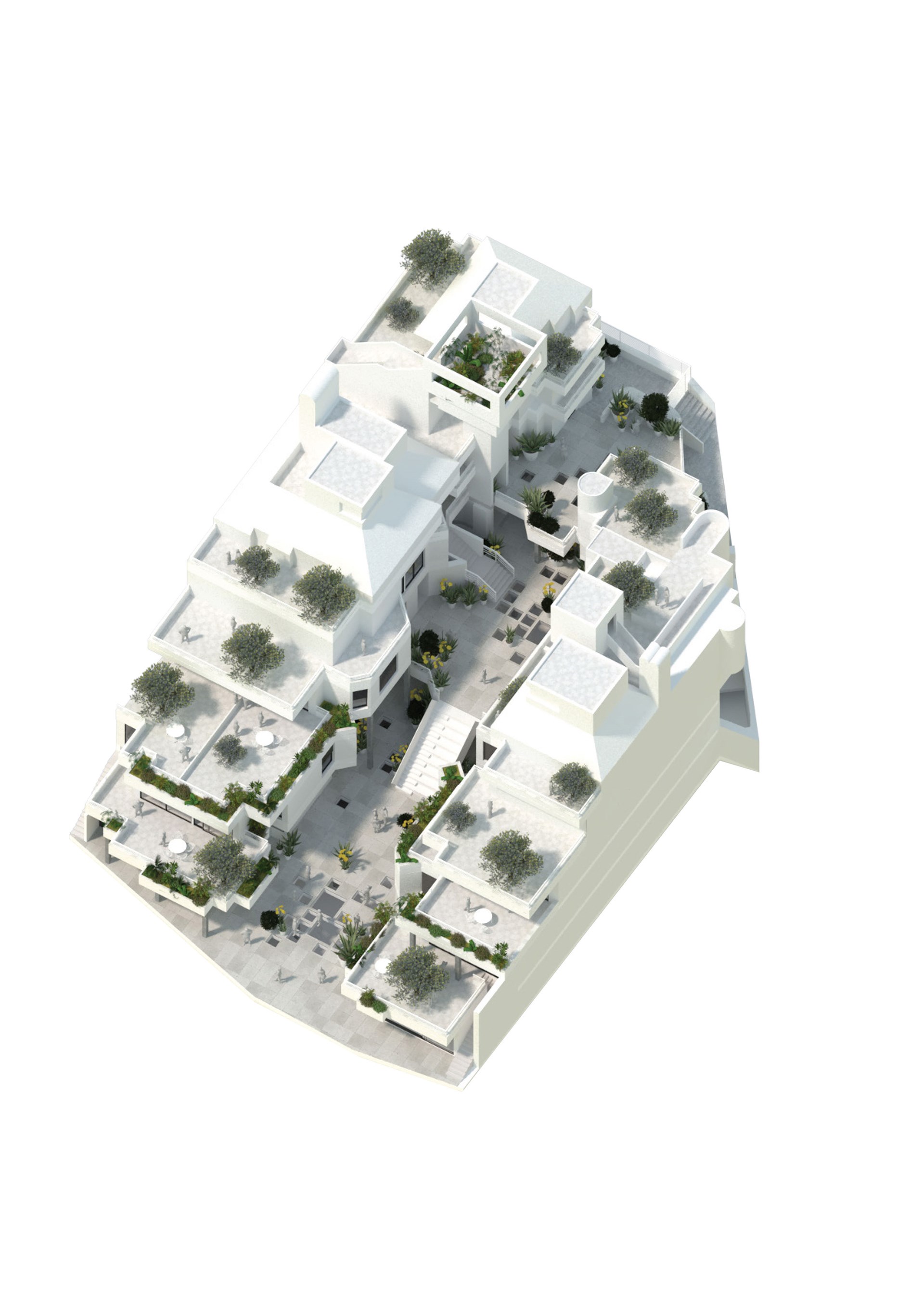
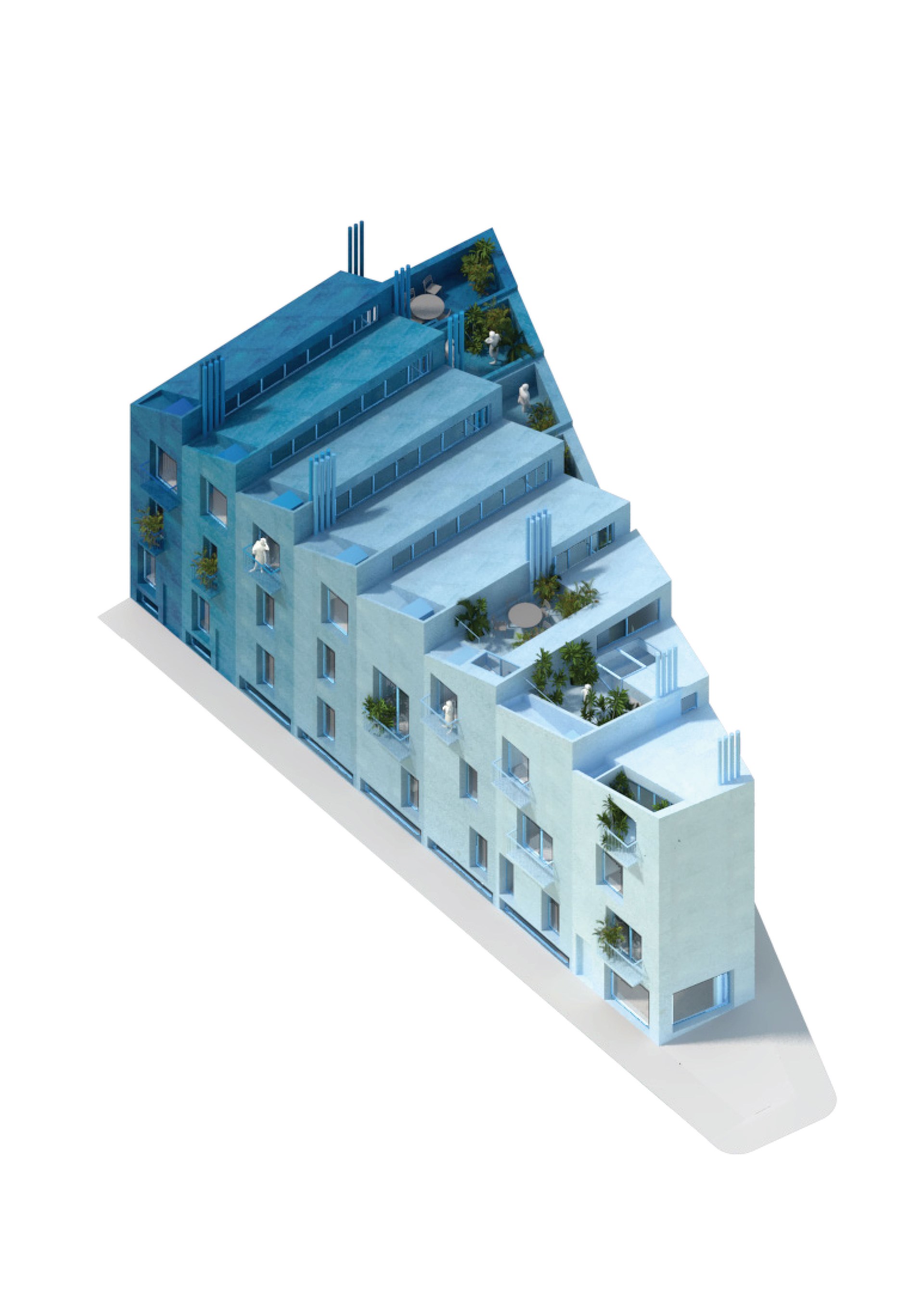
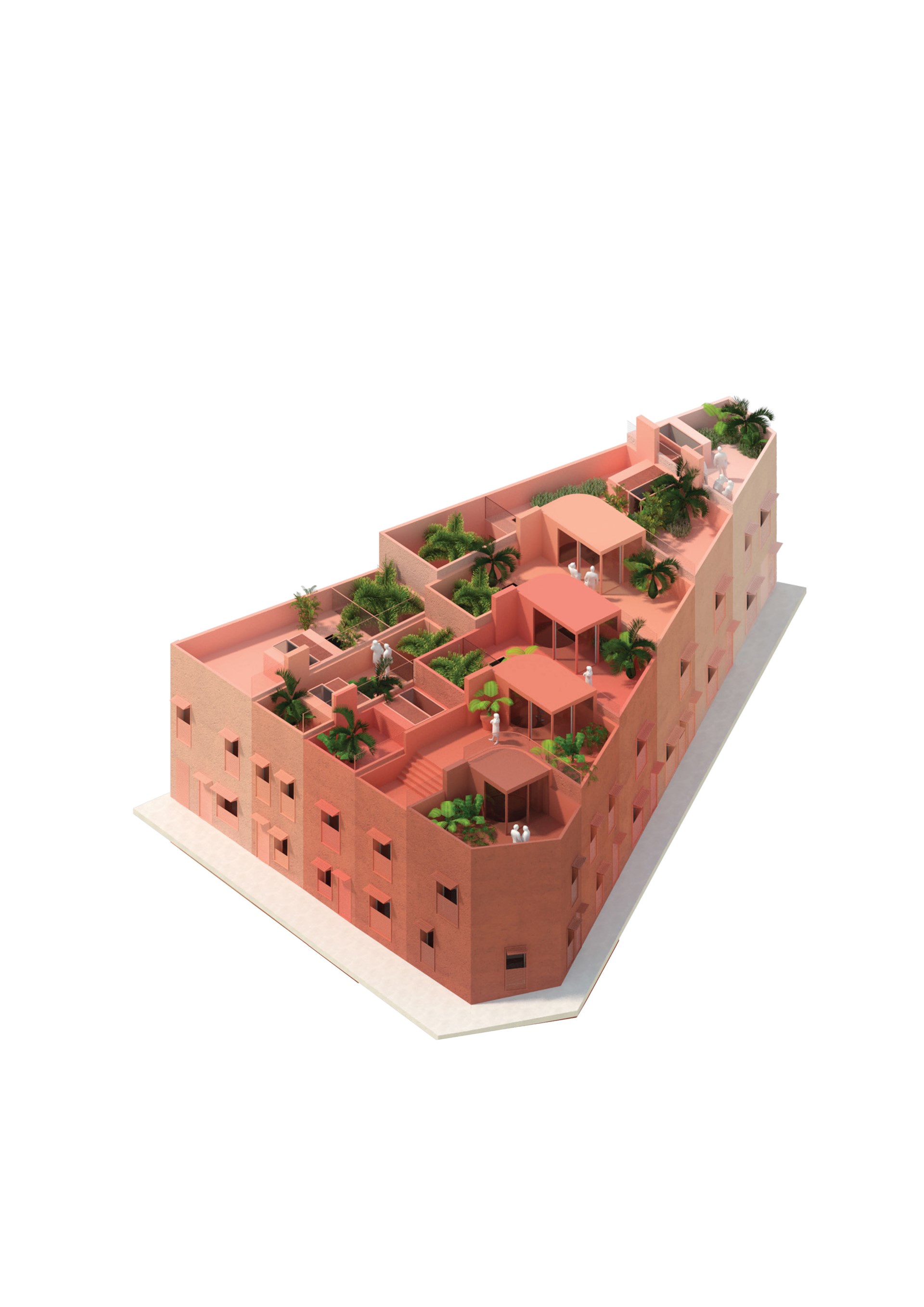

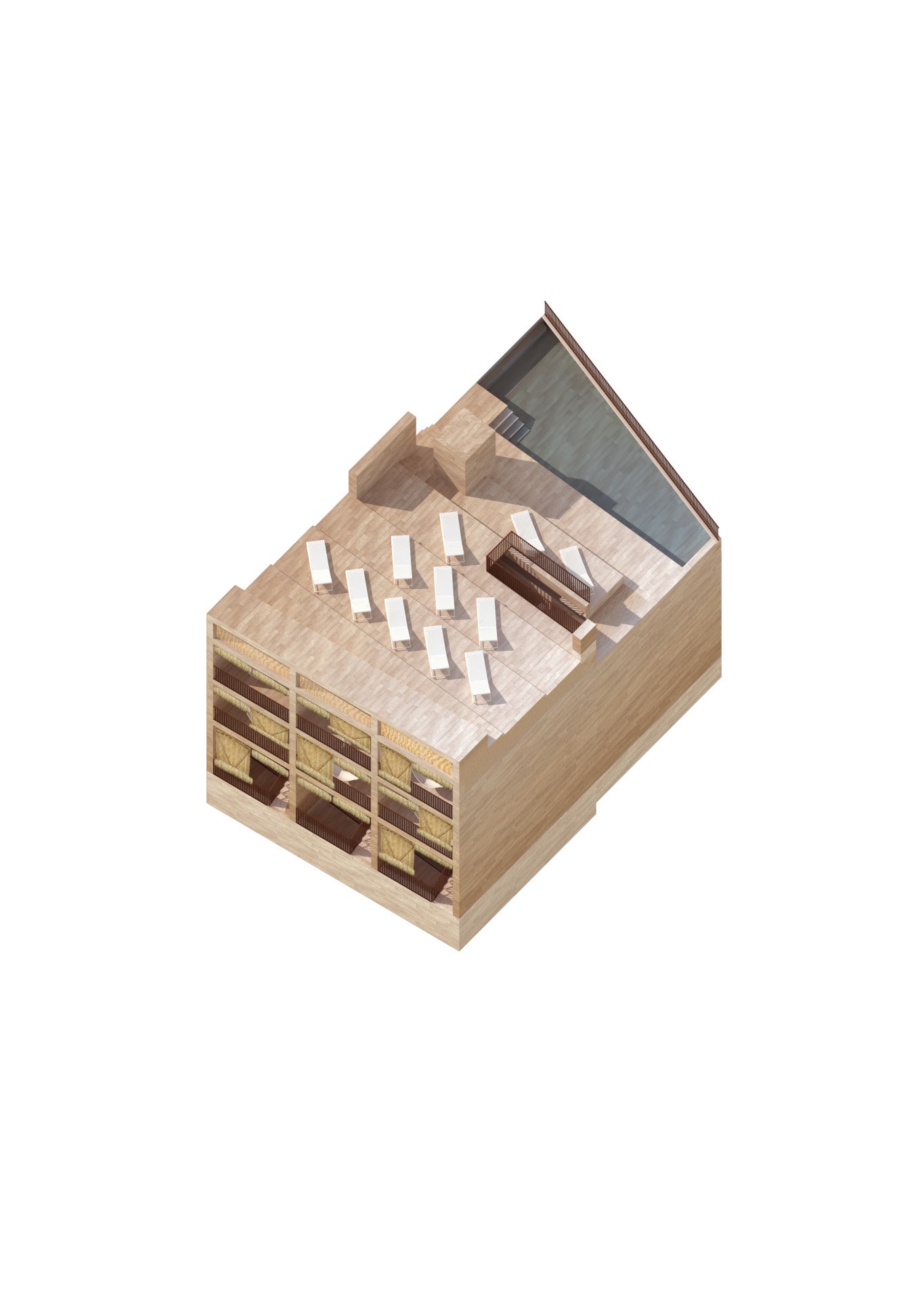
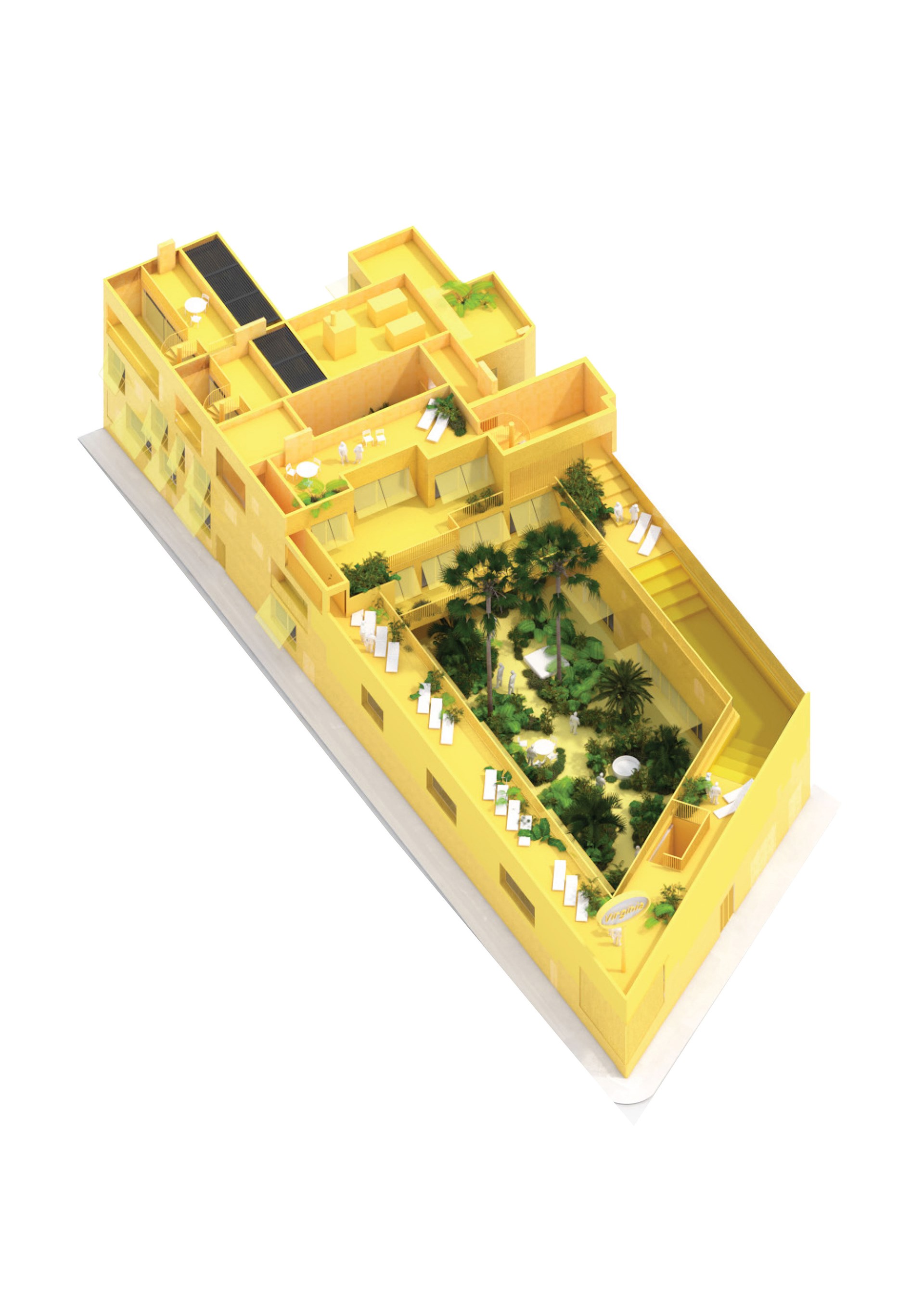
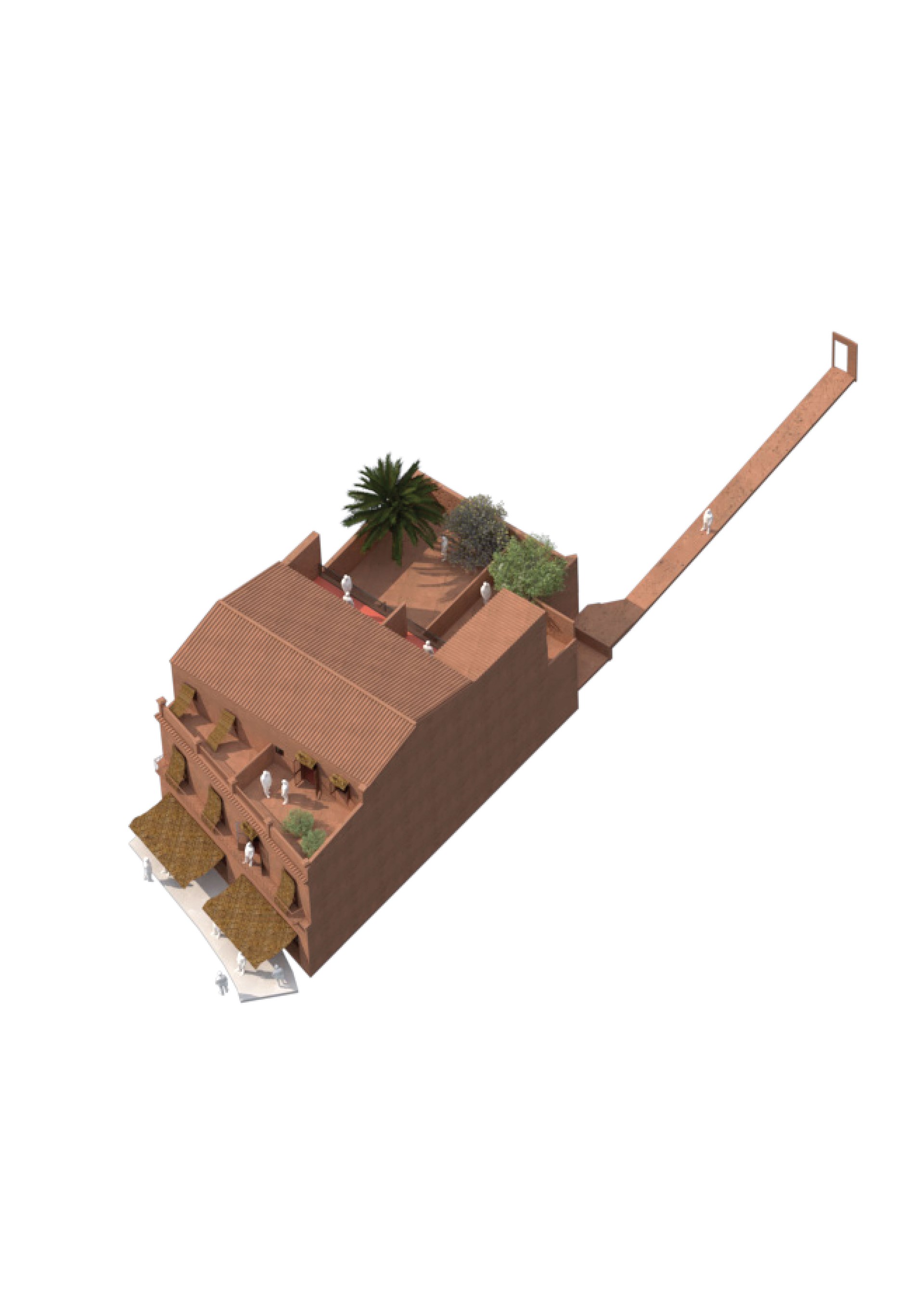
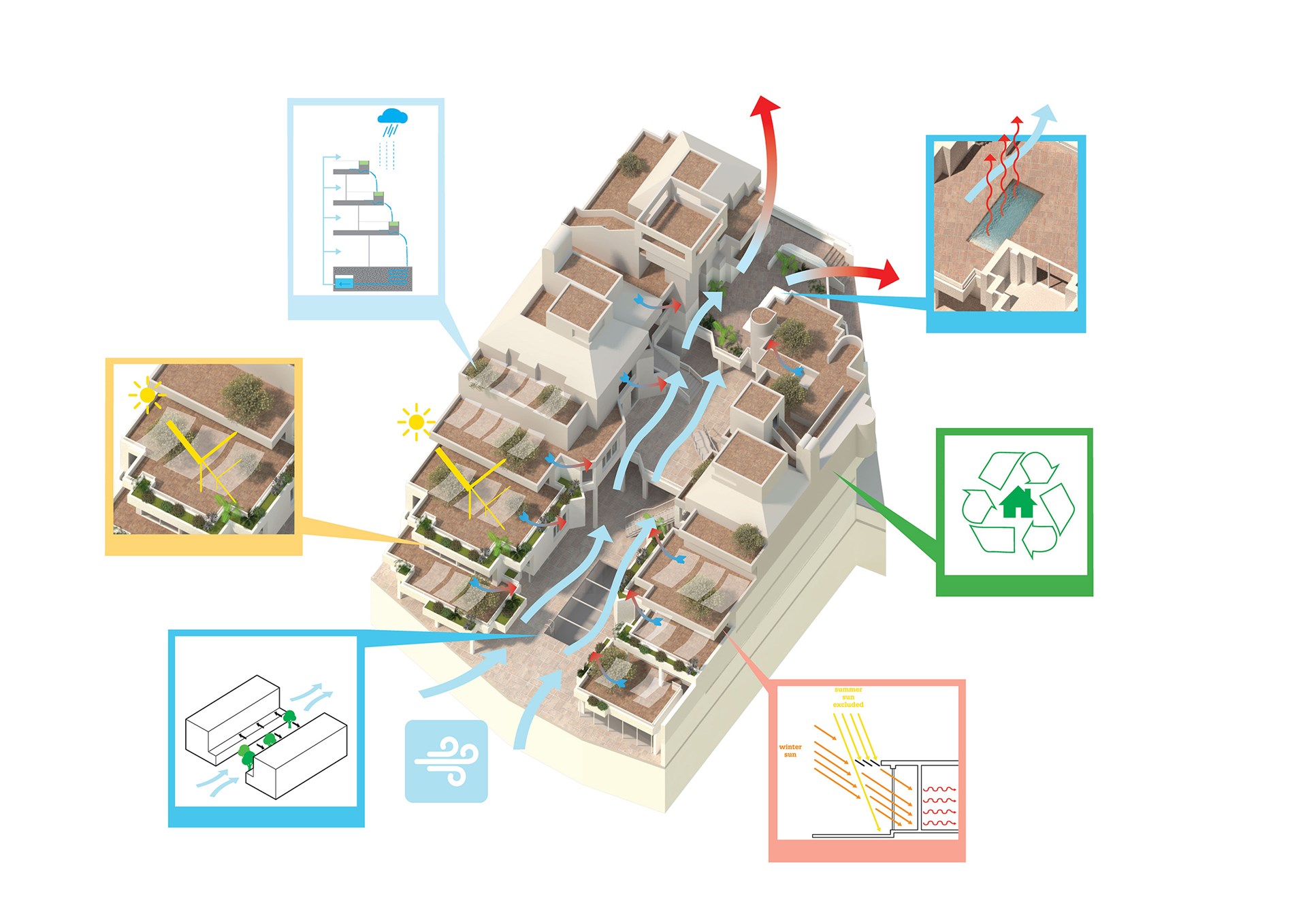
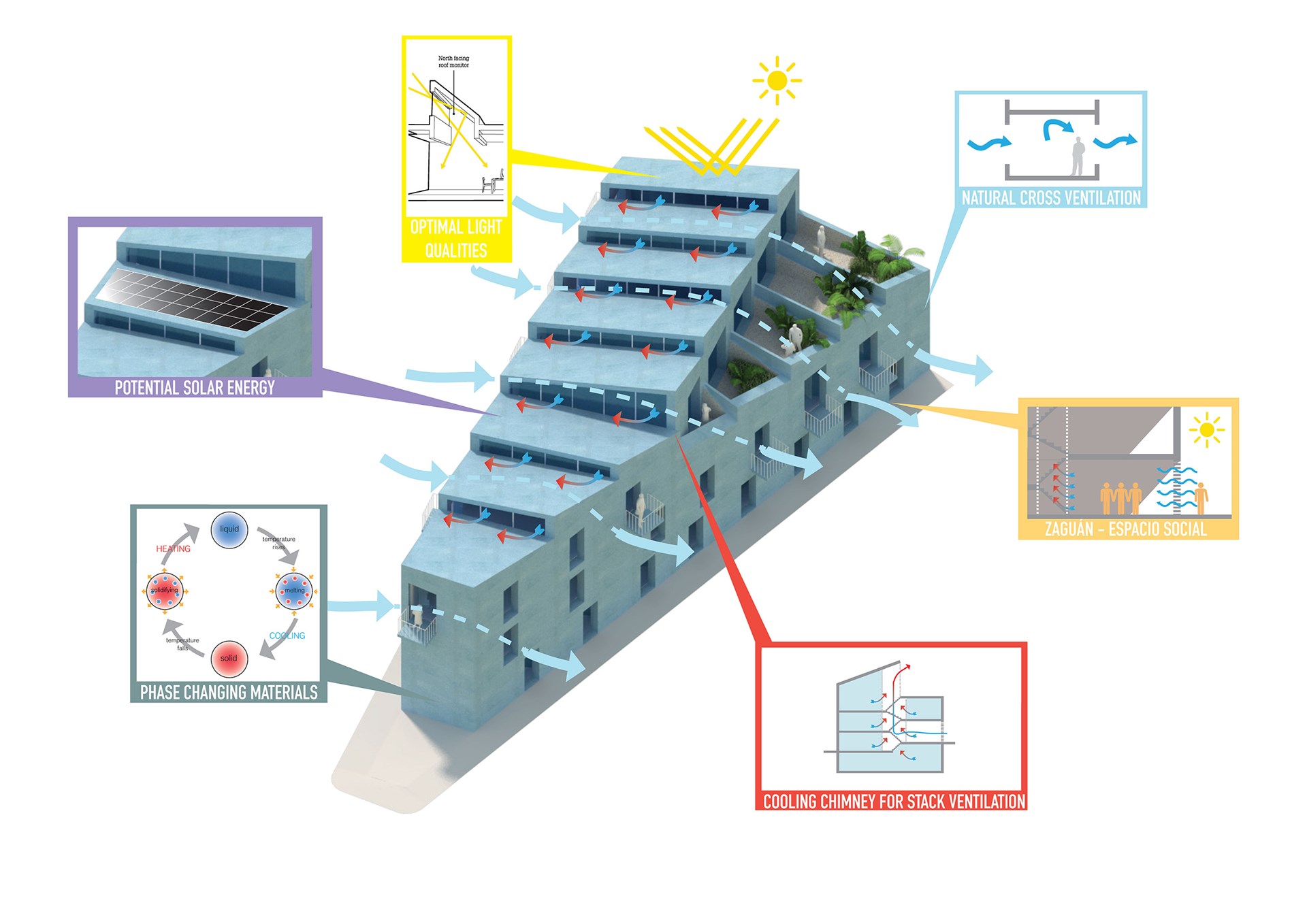
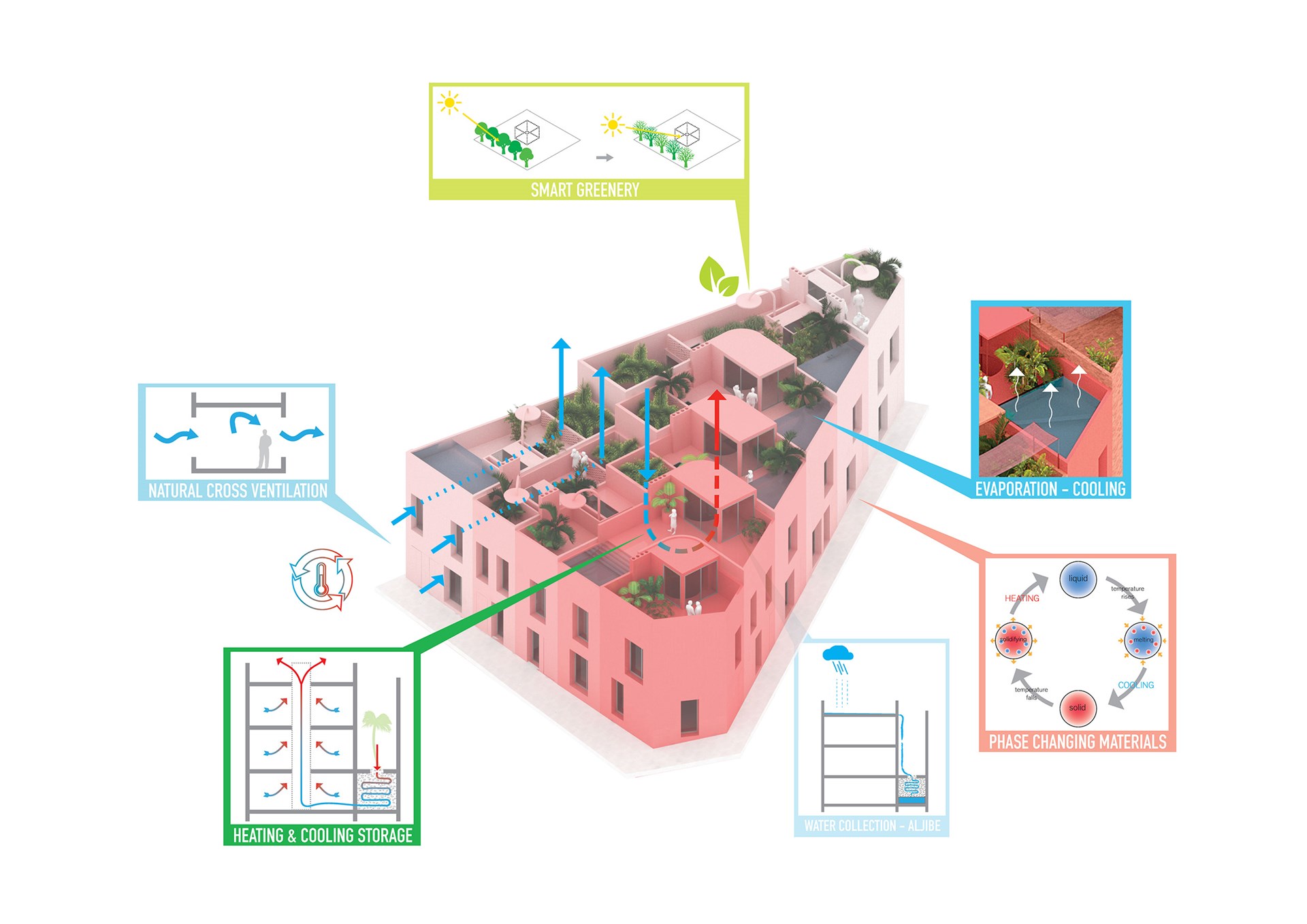
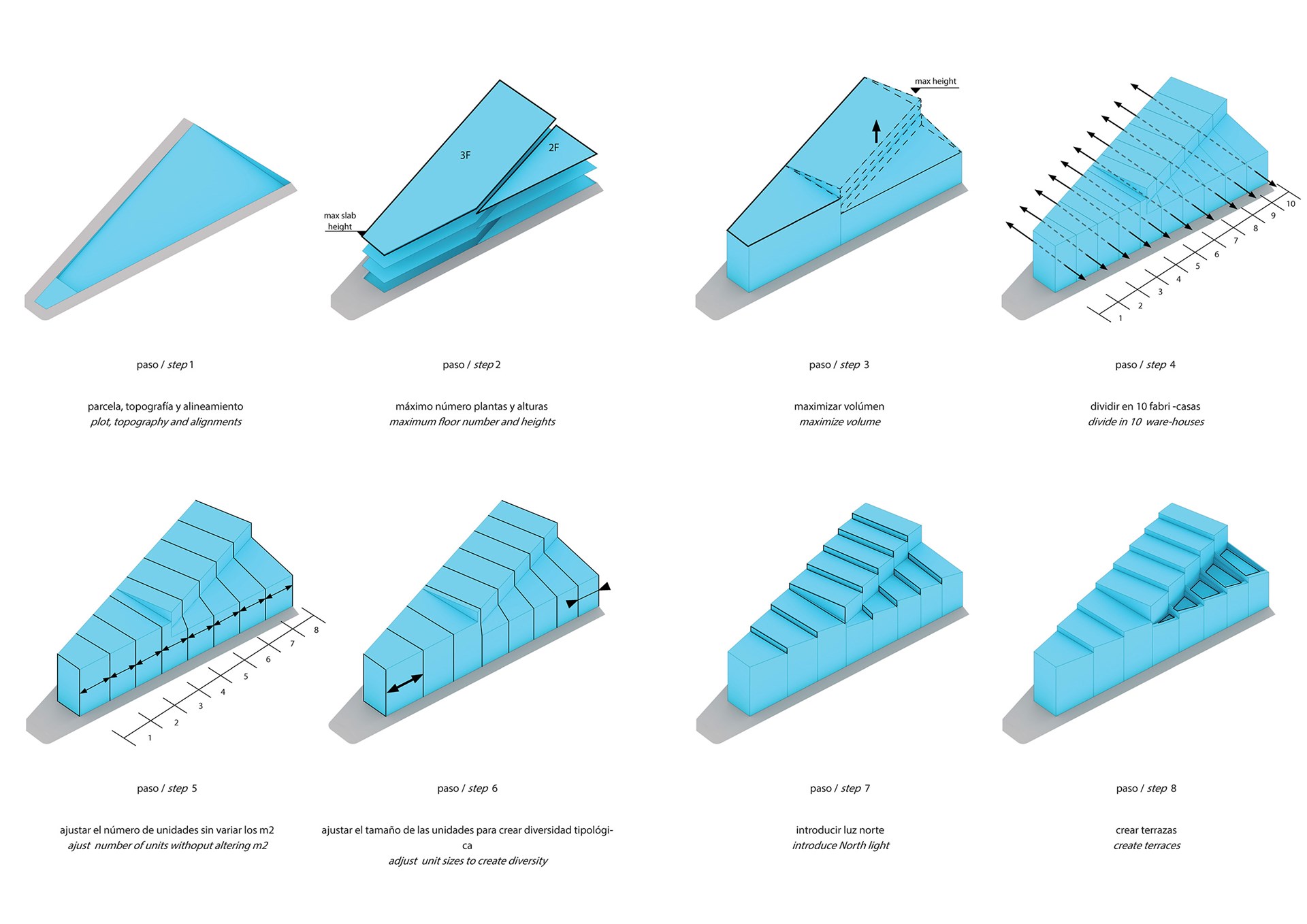
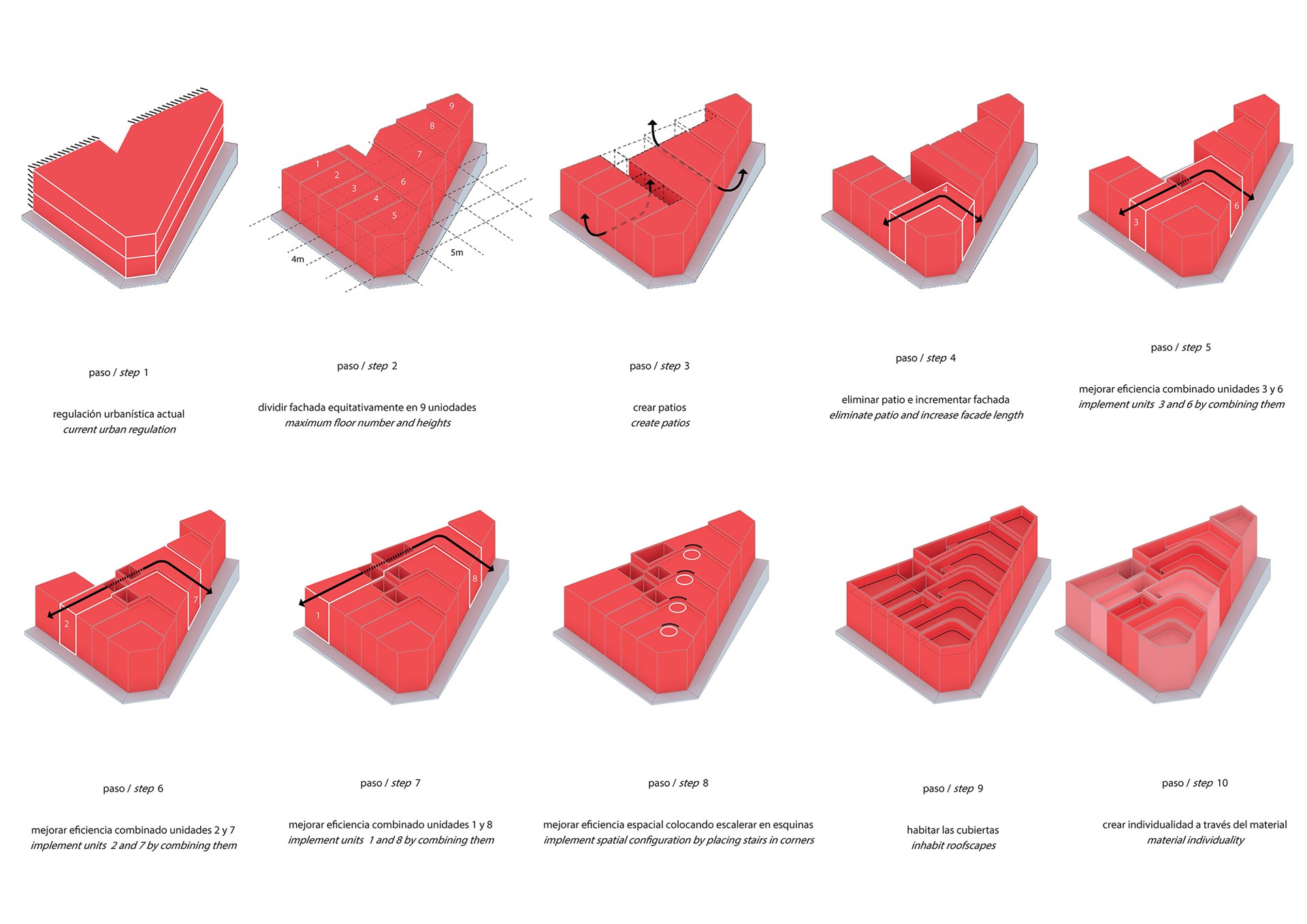
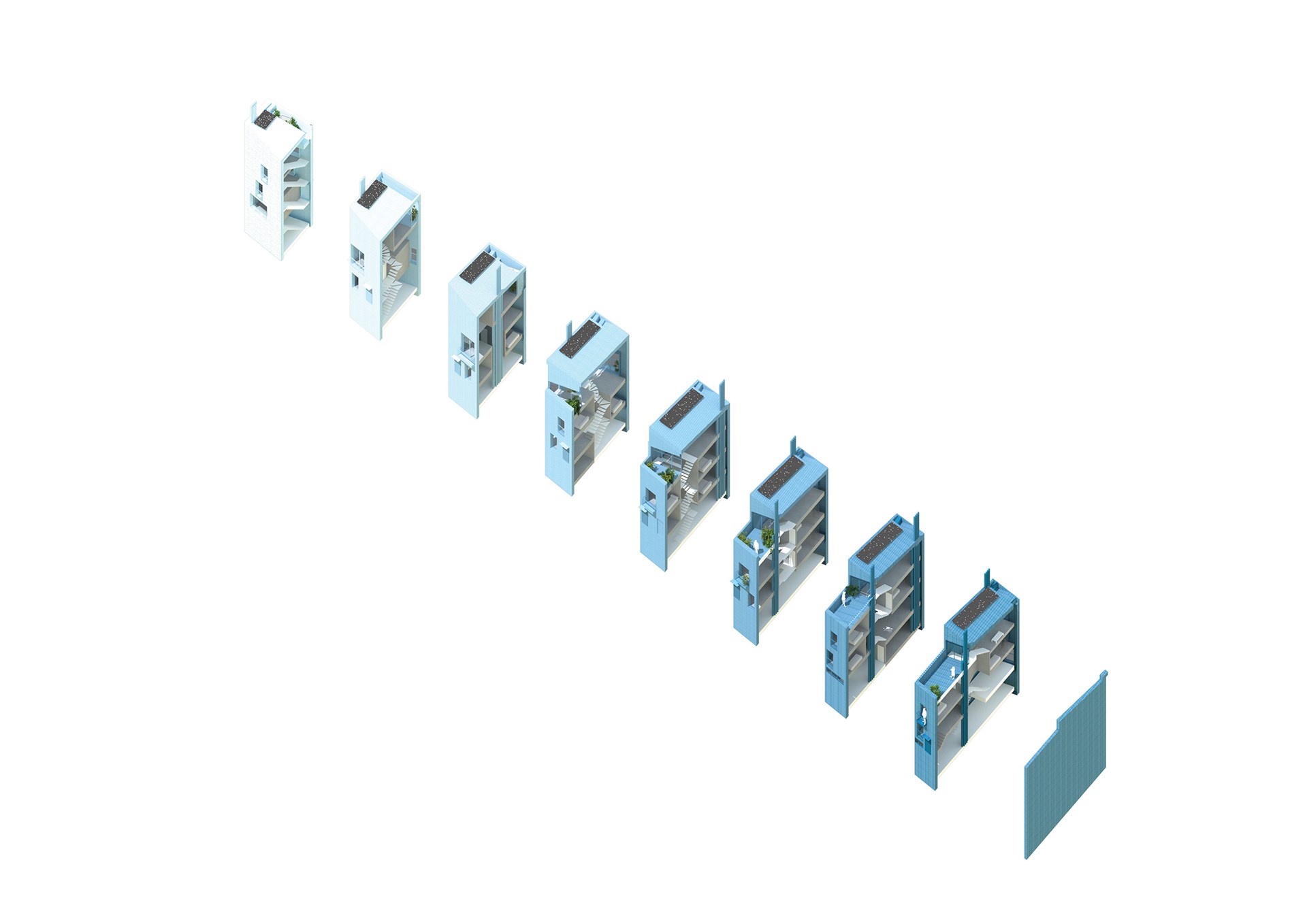
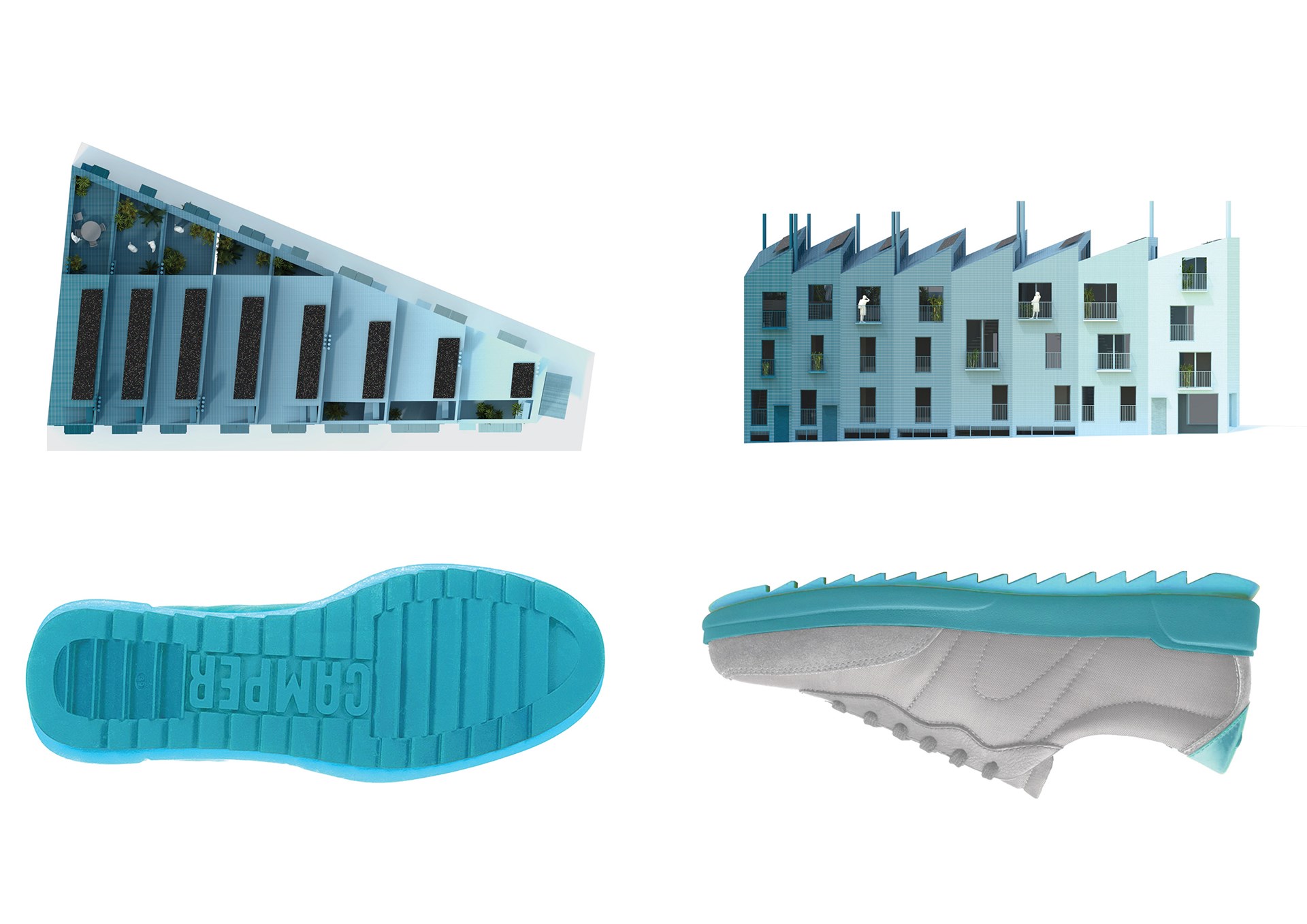
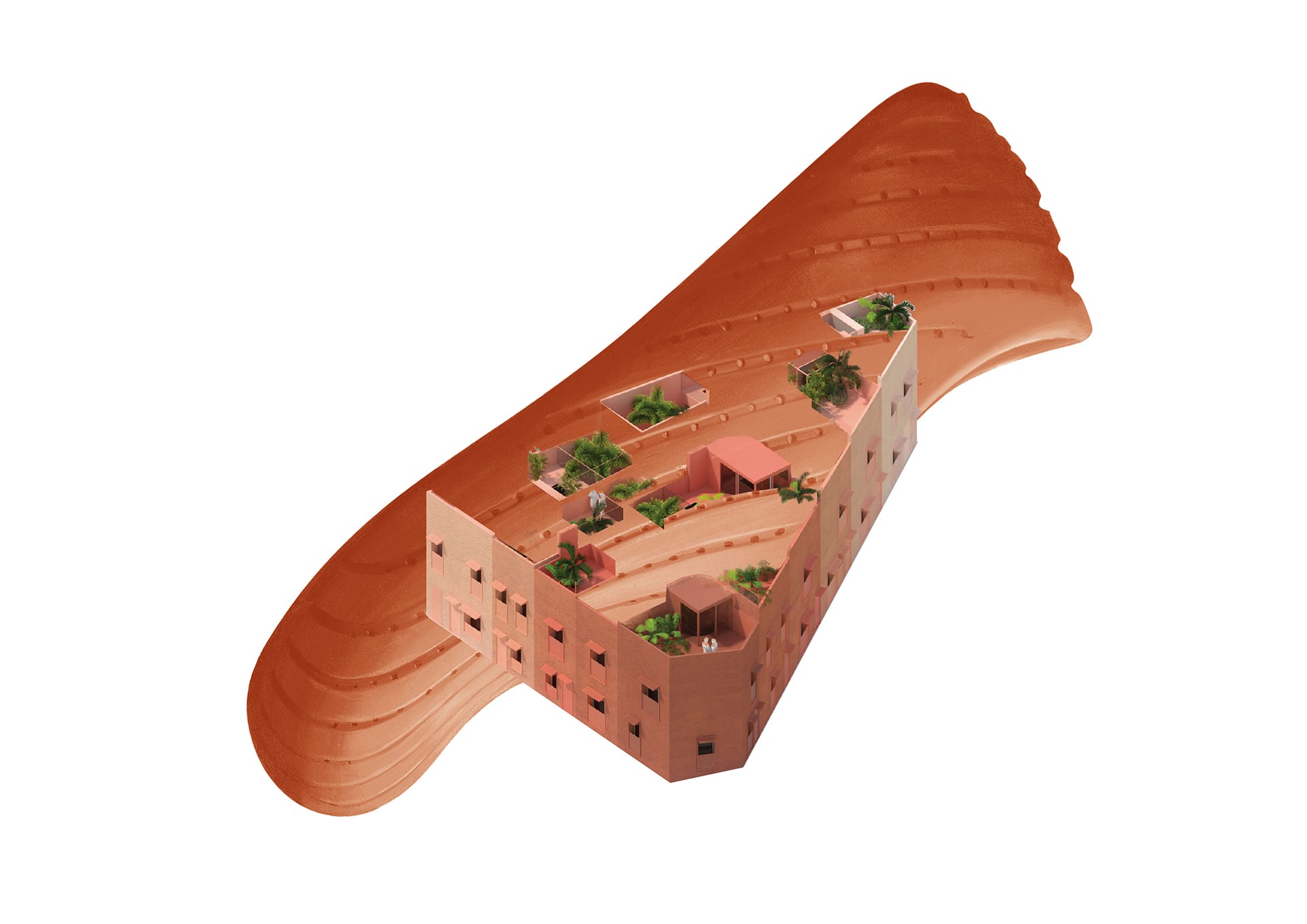

Credits
- Architect
- Founding partner in charge
- Partner
- MVRDV concept design team
- MVRDV schematic design team
- MVRDV detail design team
- Images
- © MVRDV + GRAS:
- Copyright
- MVRDV Winy Maas, Jacob van Rijs, Nathalie de Vries:
- Partners
- Co-architect: GRAS Reynés Arquitectos (Guillermo Reynes, Mayca Sánchez Carvajal, Alejandro Domingo Leal, Mikolaj Zajda, Giacomo Sorino, Mariano Esposito):
- Contractor: Ferratur, Bibiloni, Tarraco:
- Structural engineering, MEP, & cost calculation: EA Engineers Assessors:
- Graphic design: Mario Eskenazi, Arauna Studio:



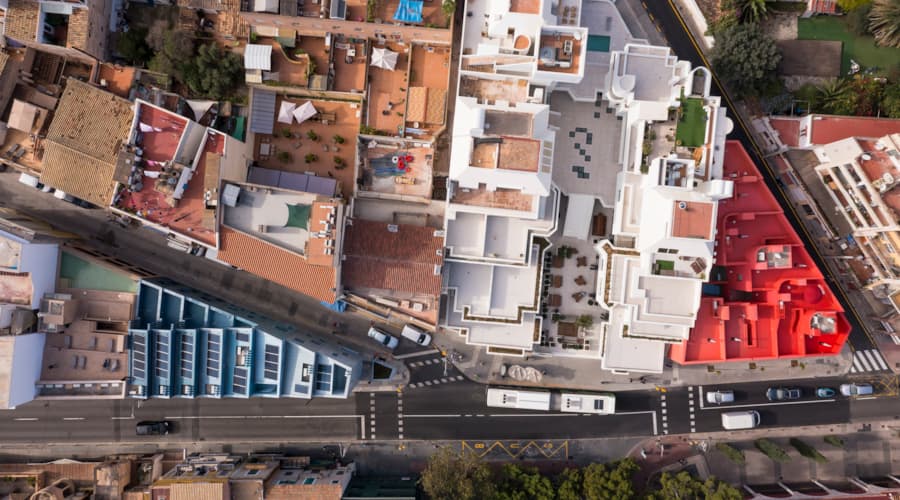
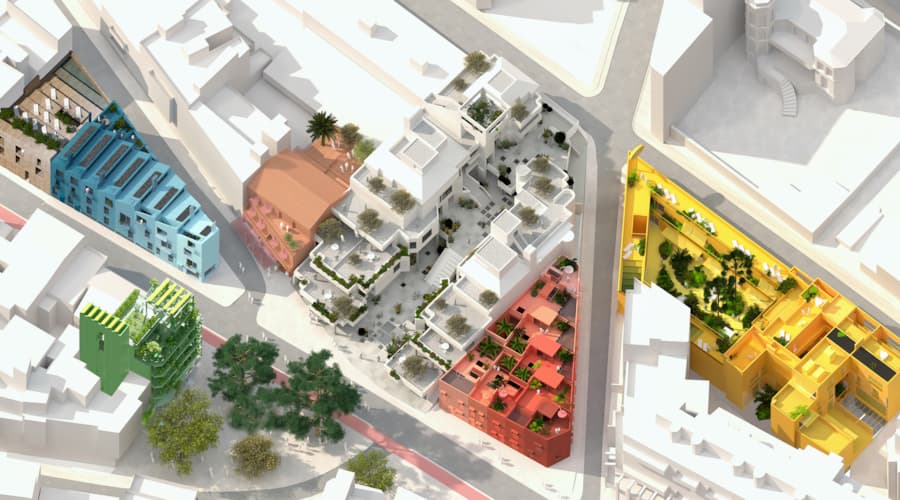


.jpg?width=900&height=500&quality=75&mode=crop&scale=both)
